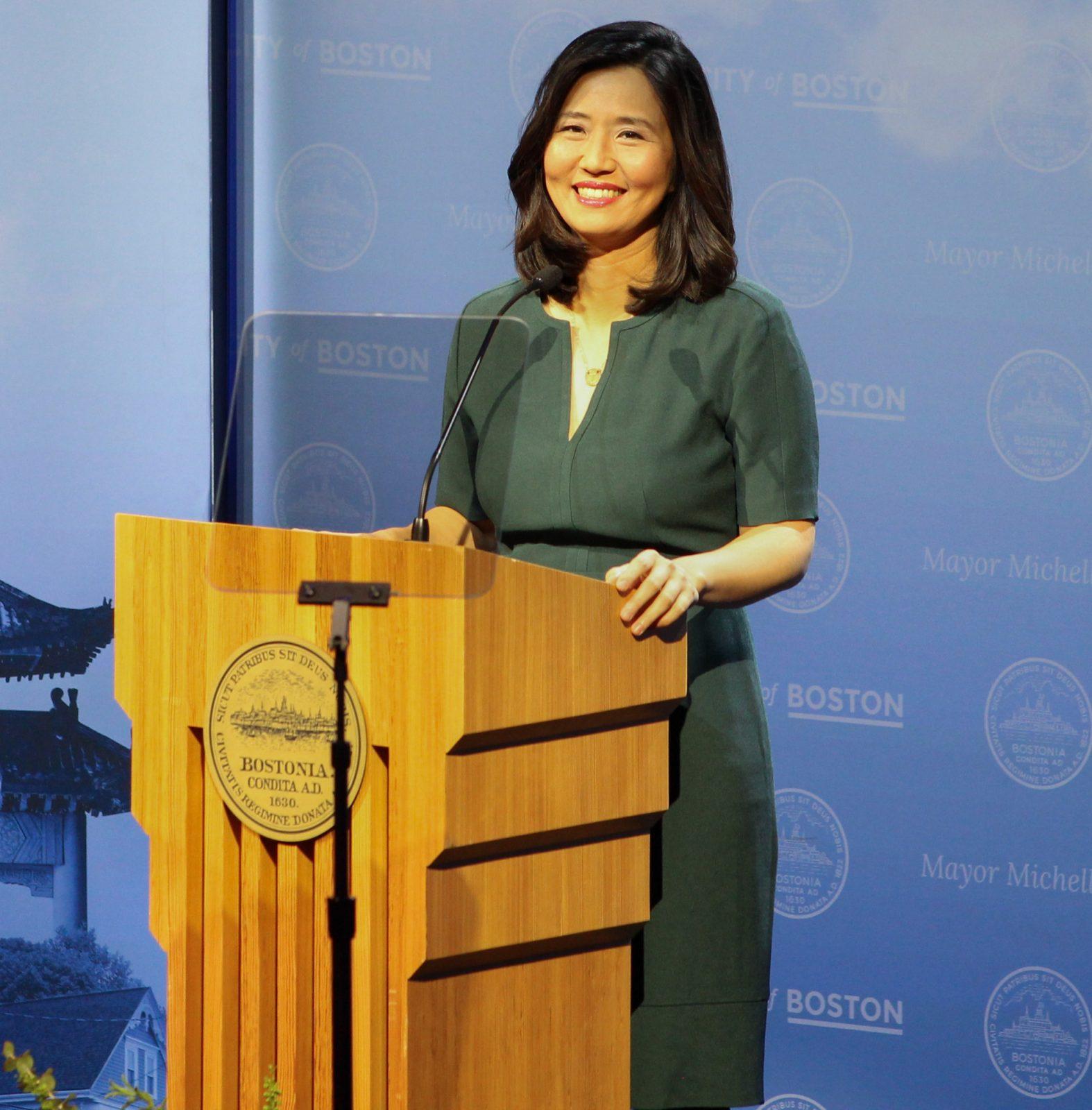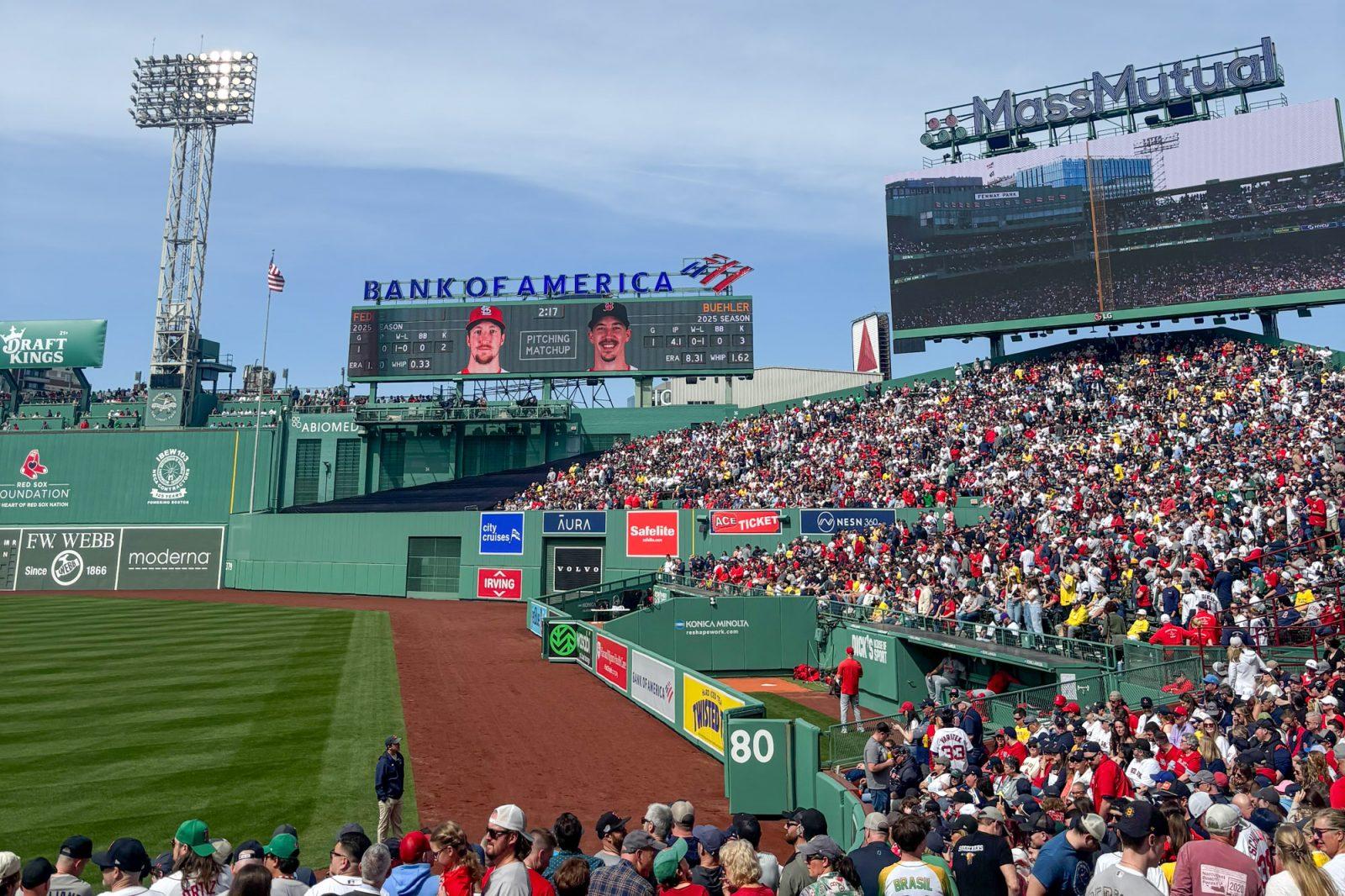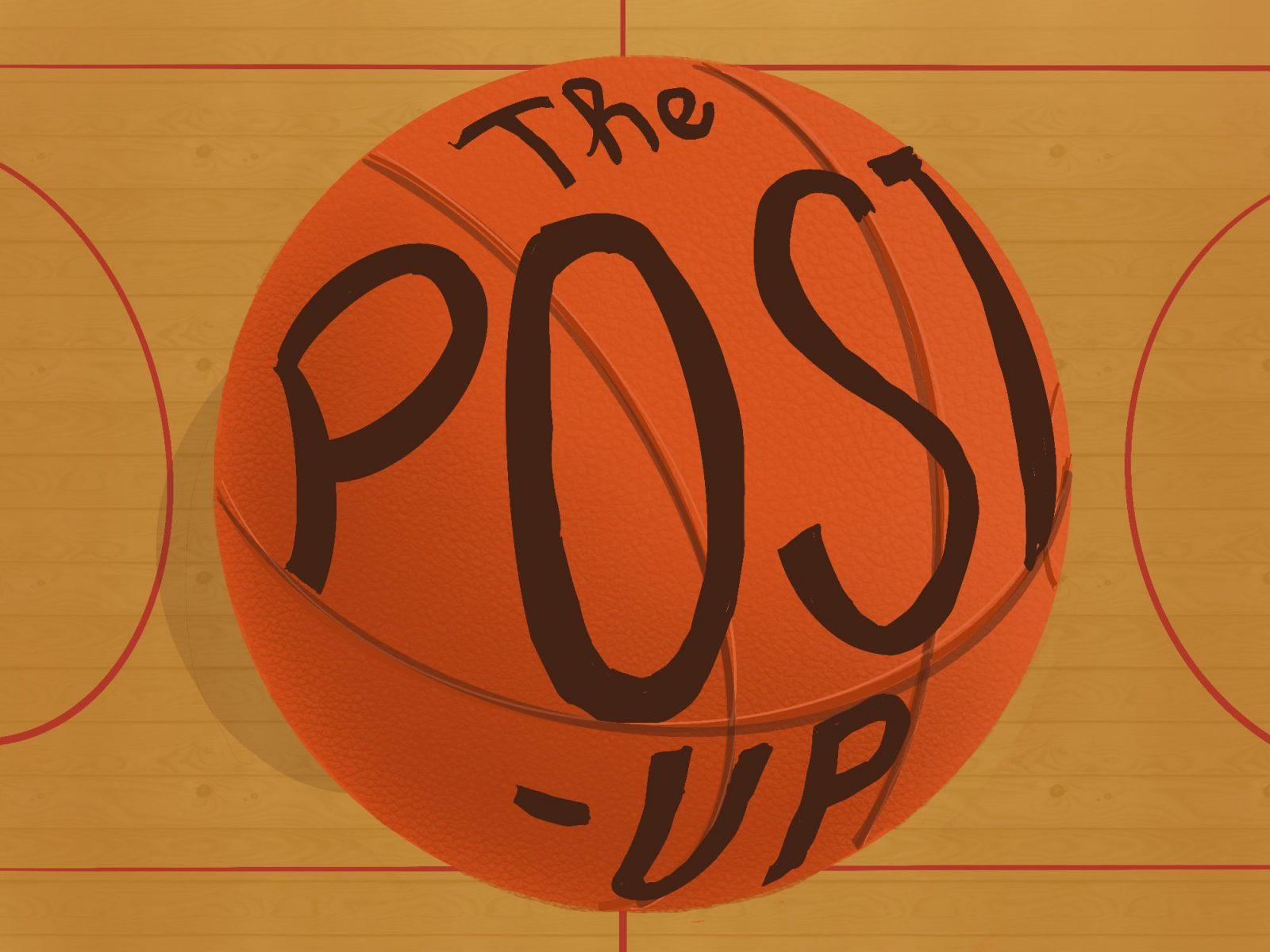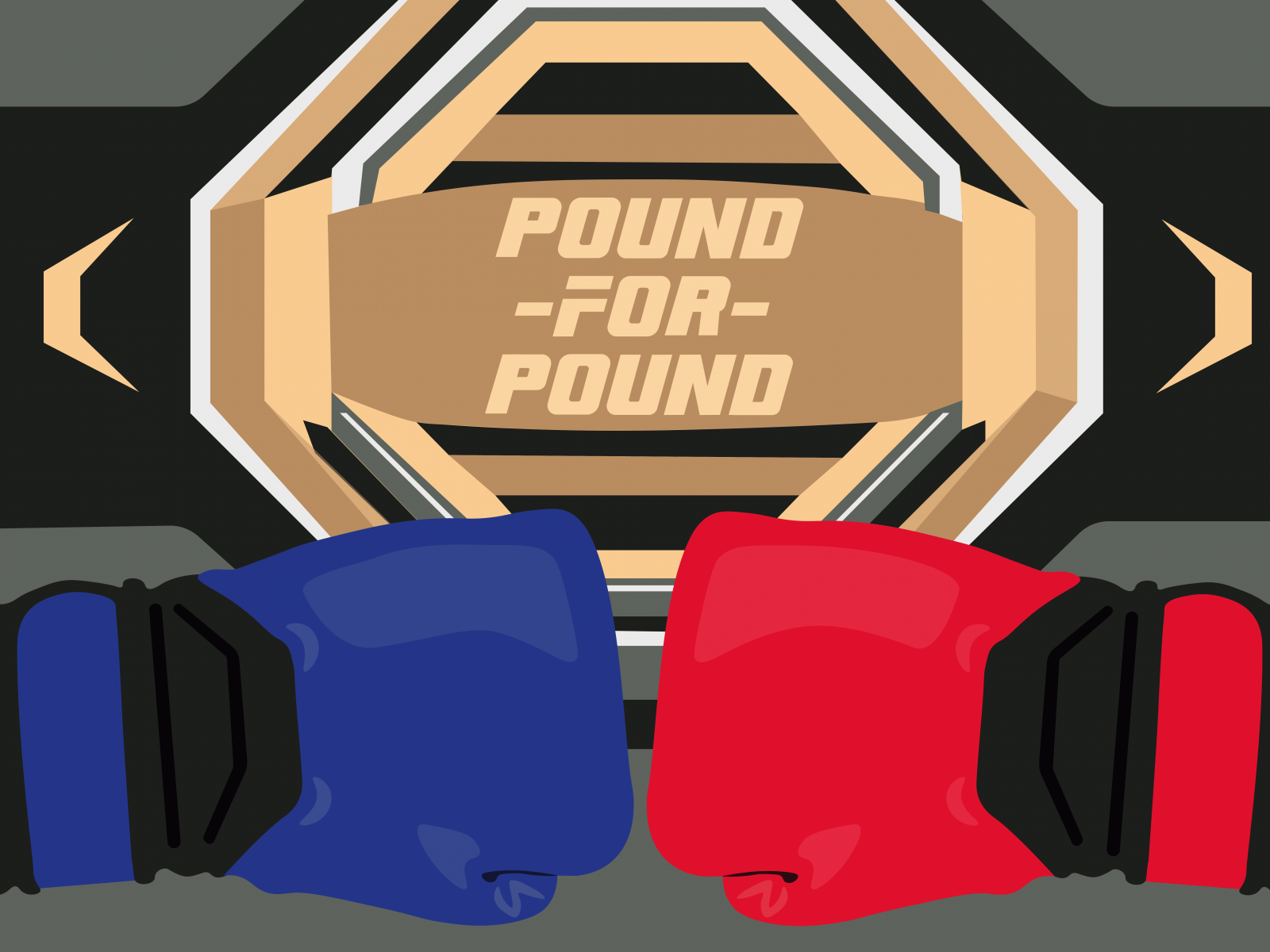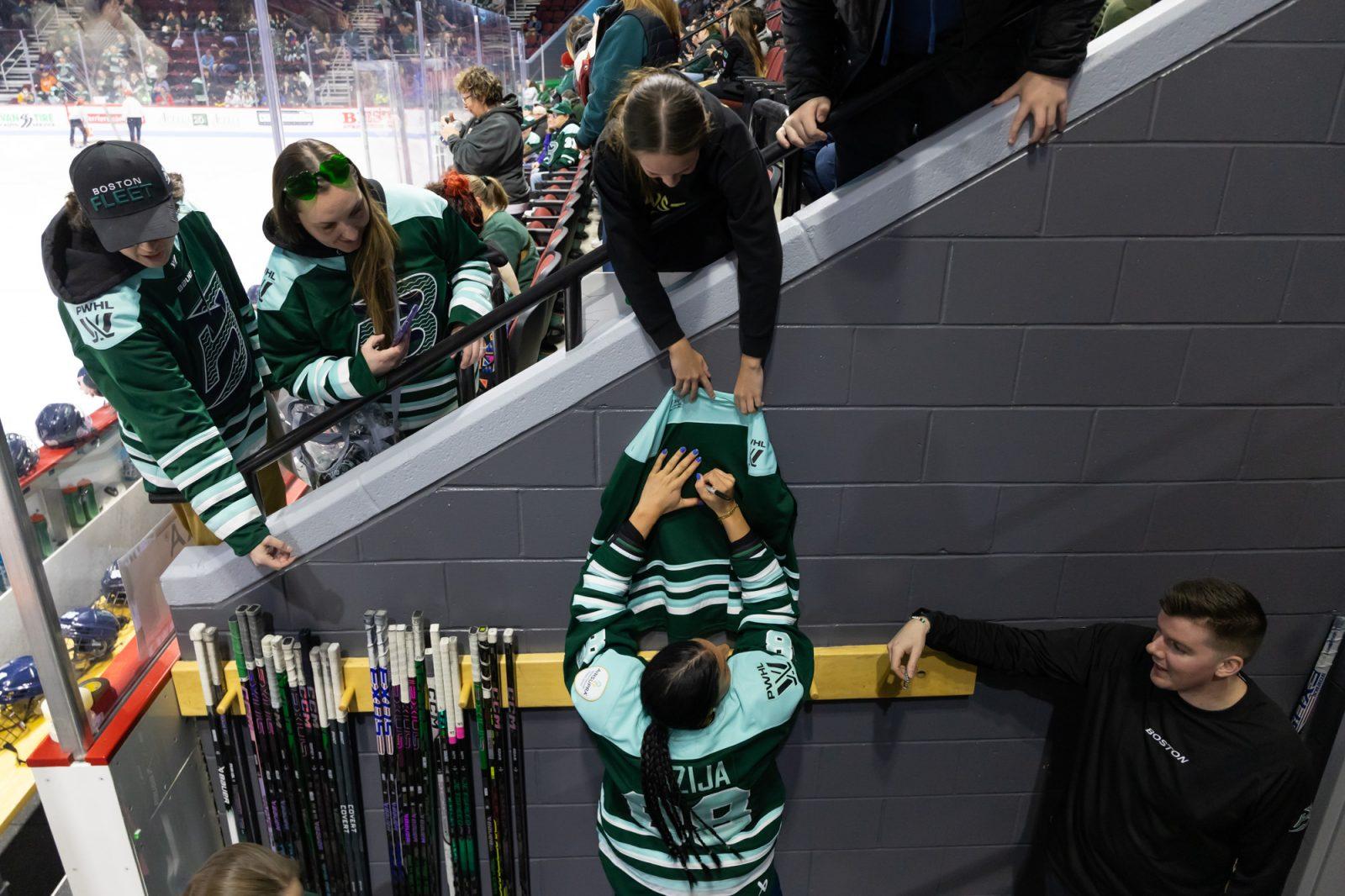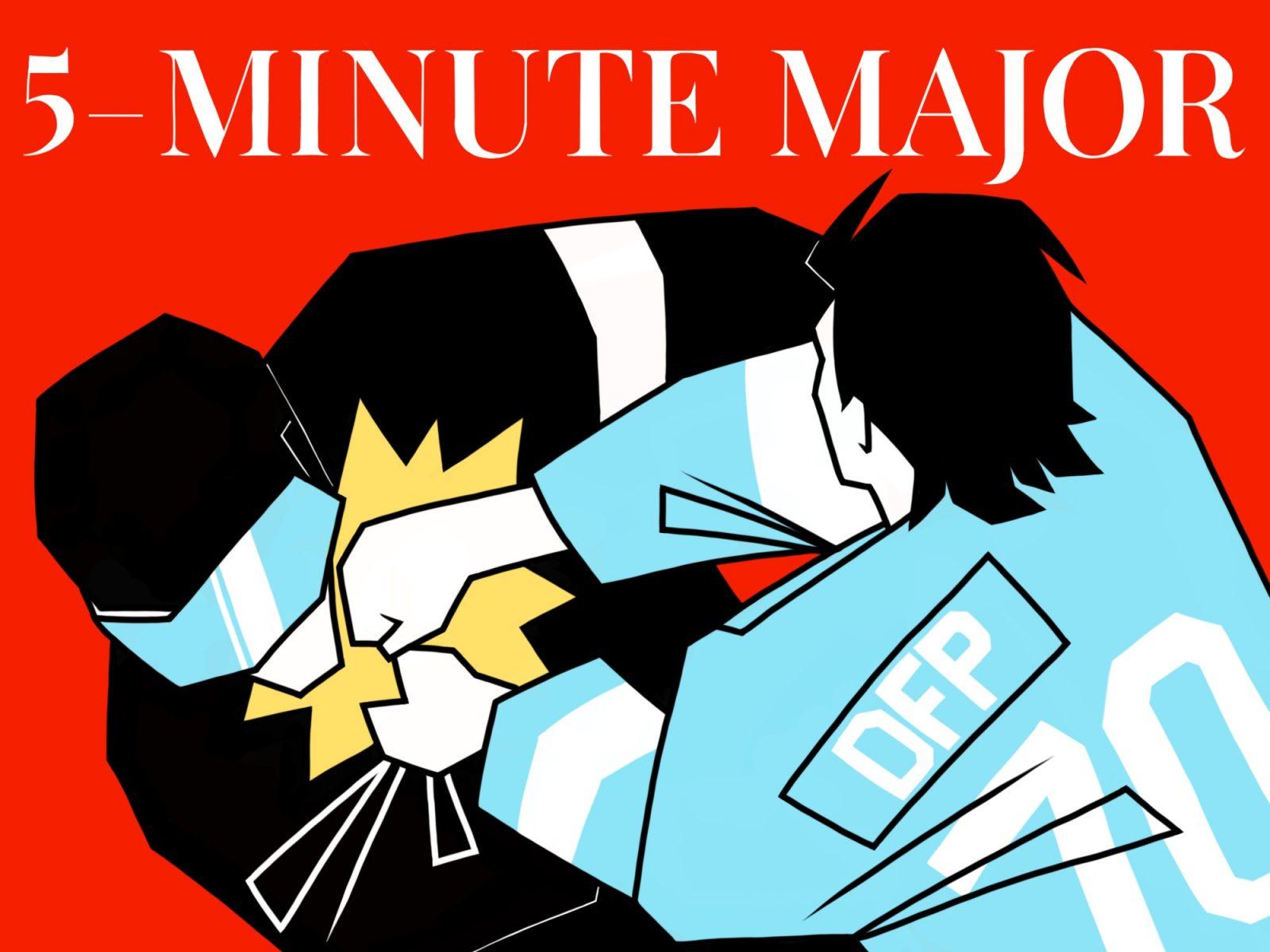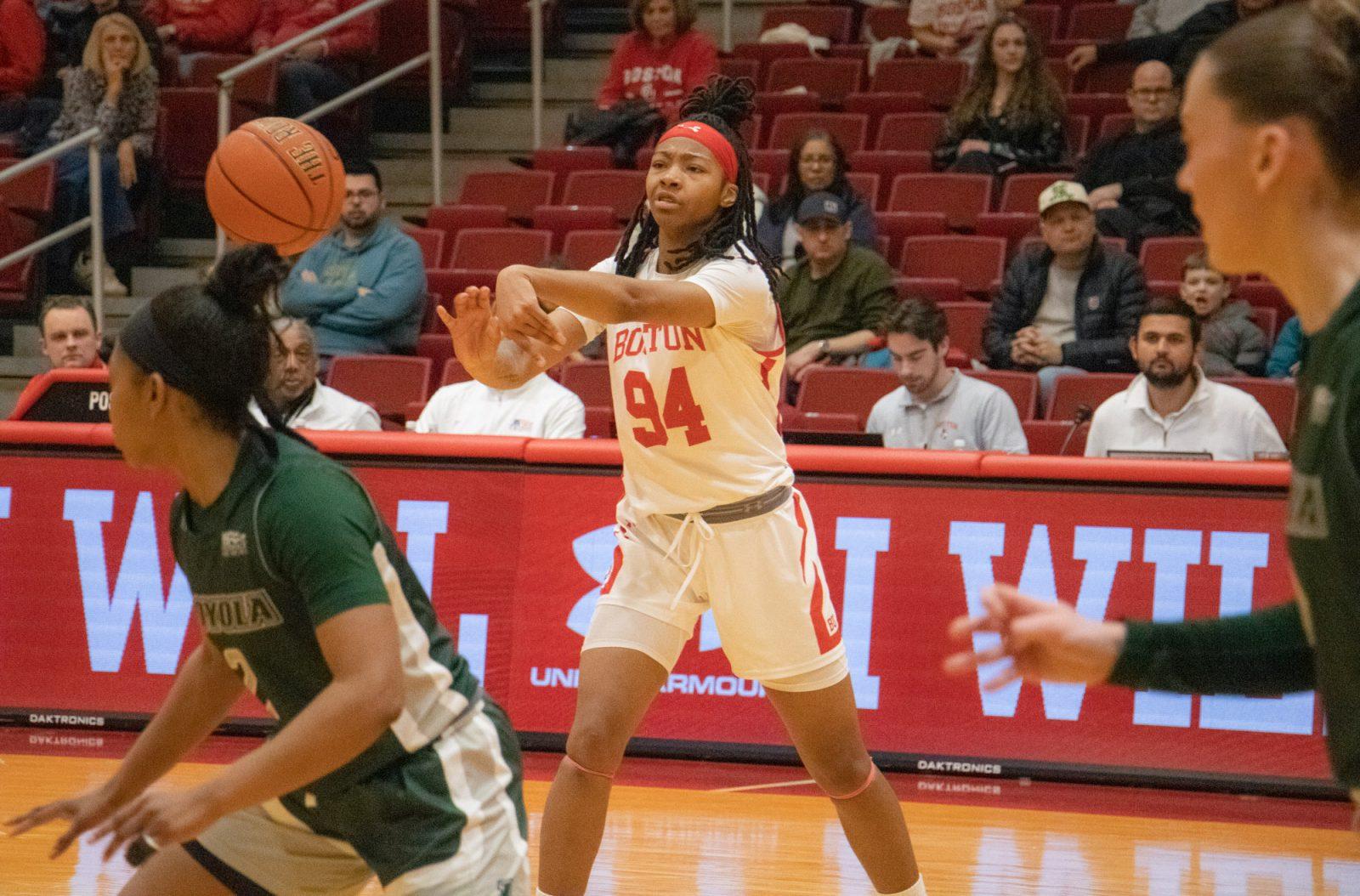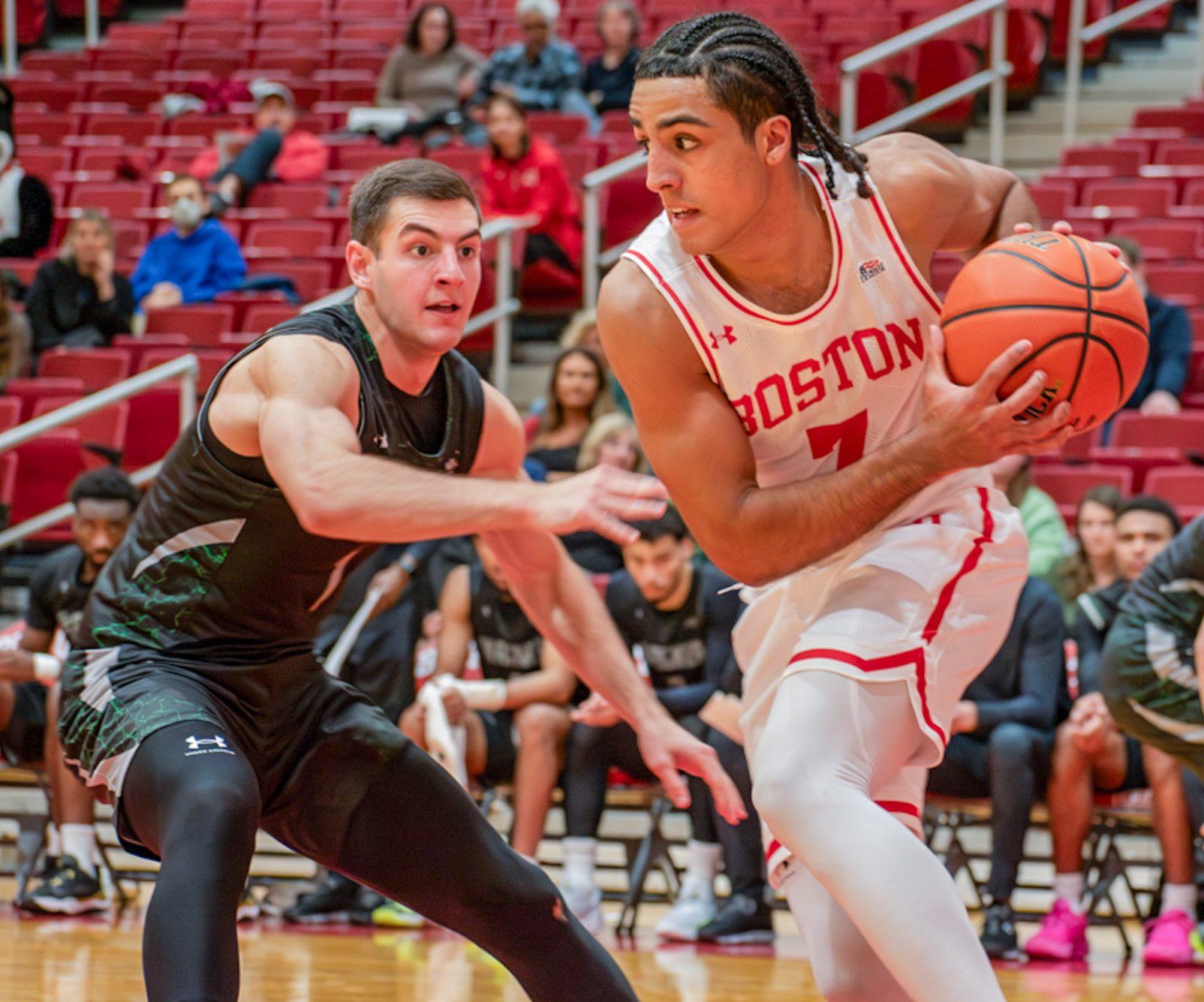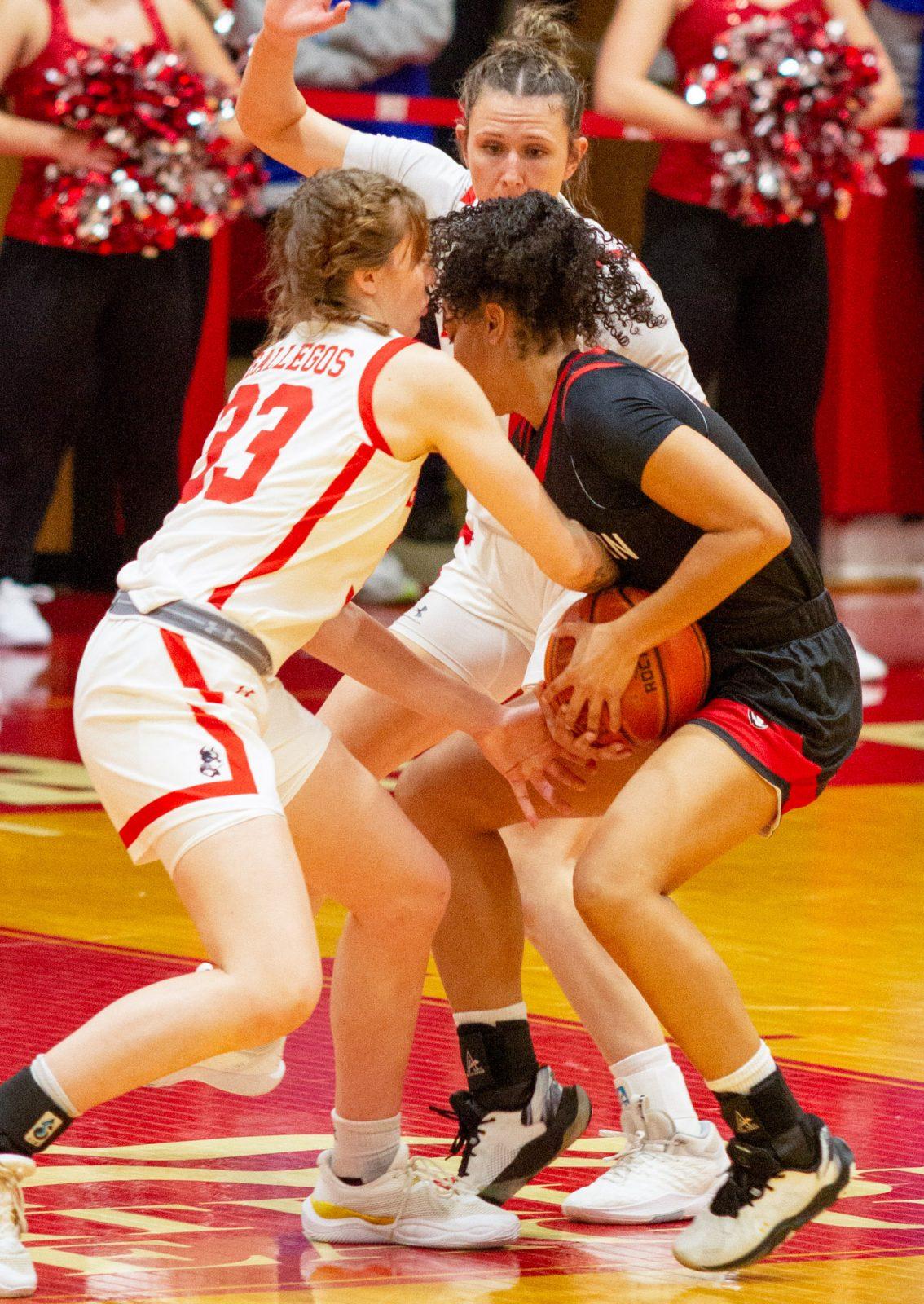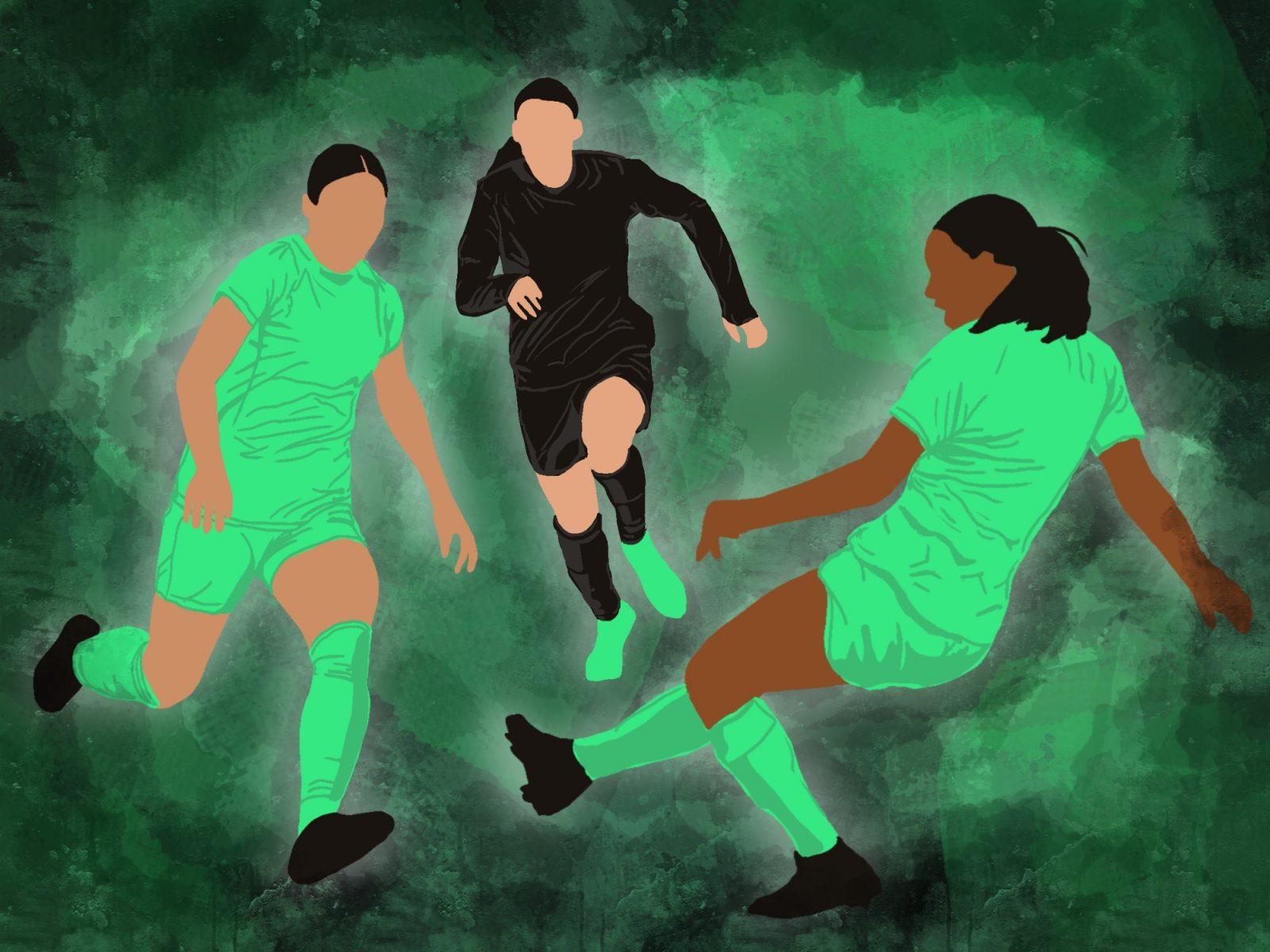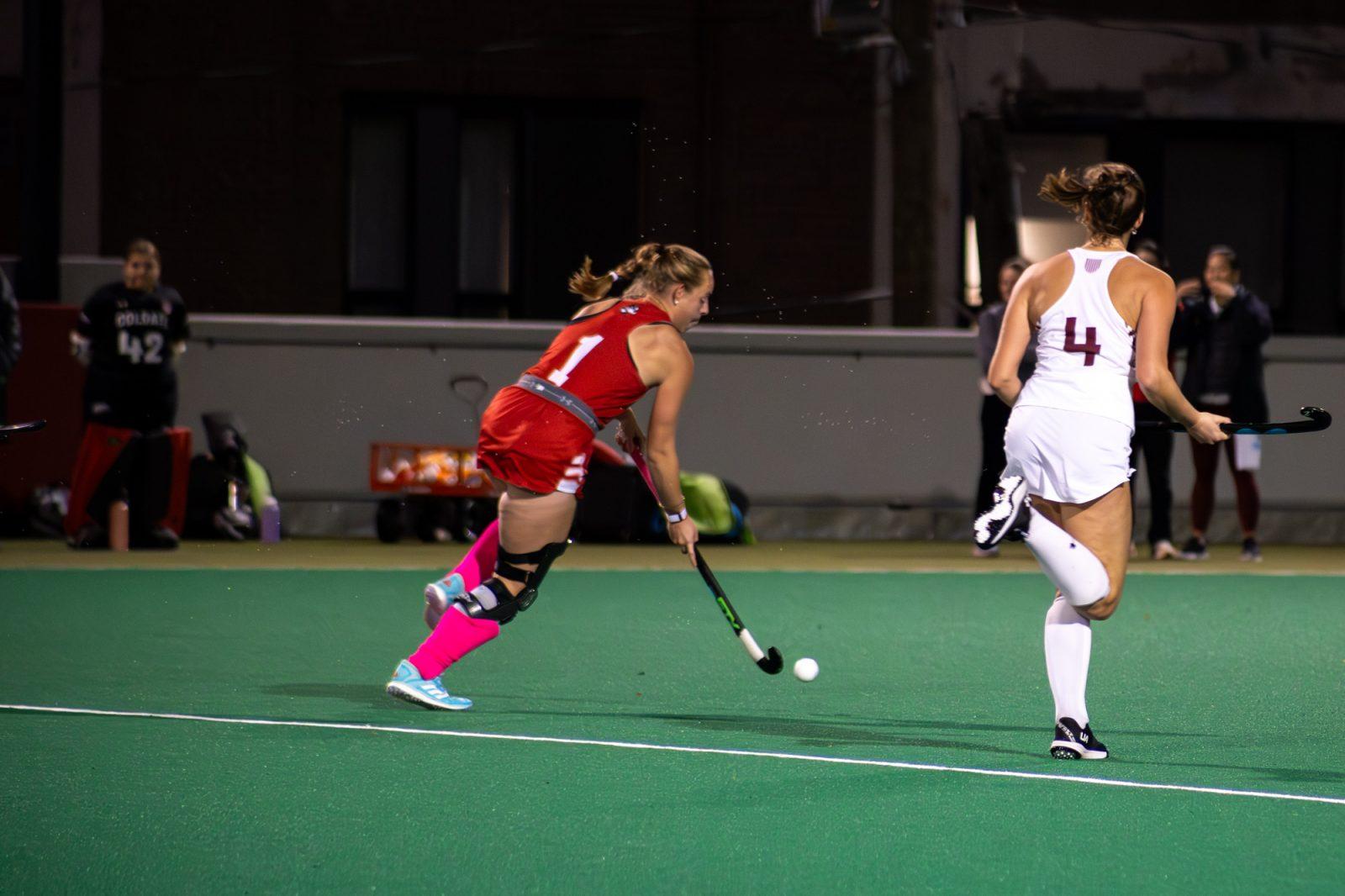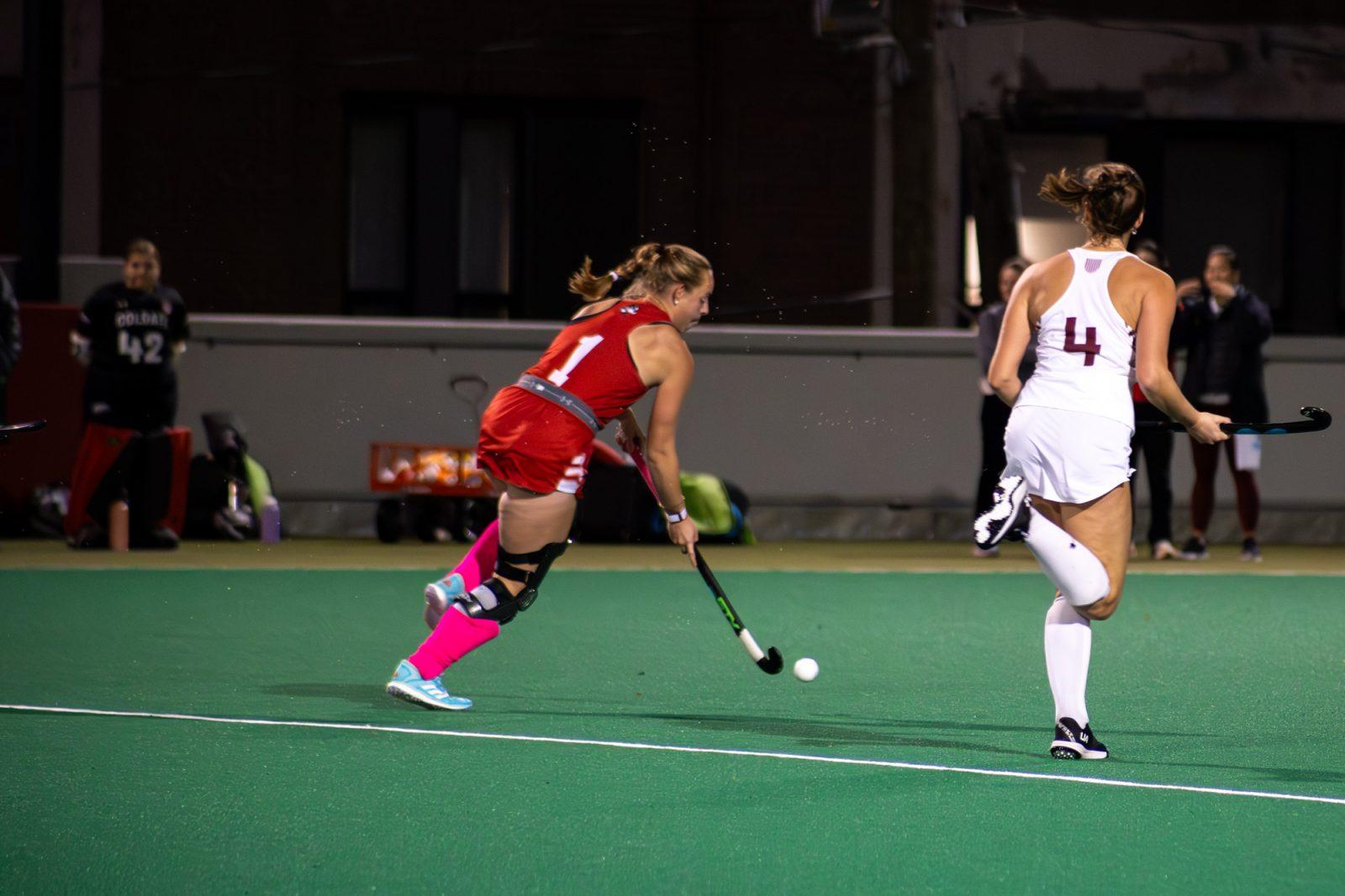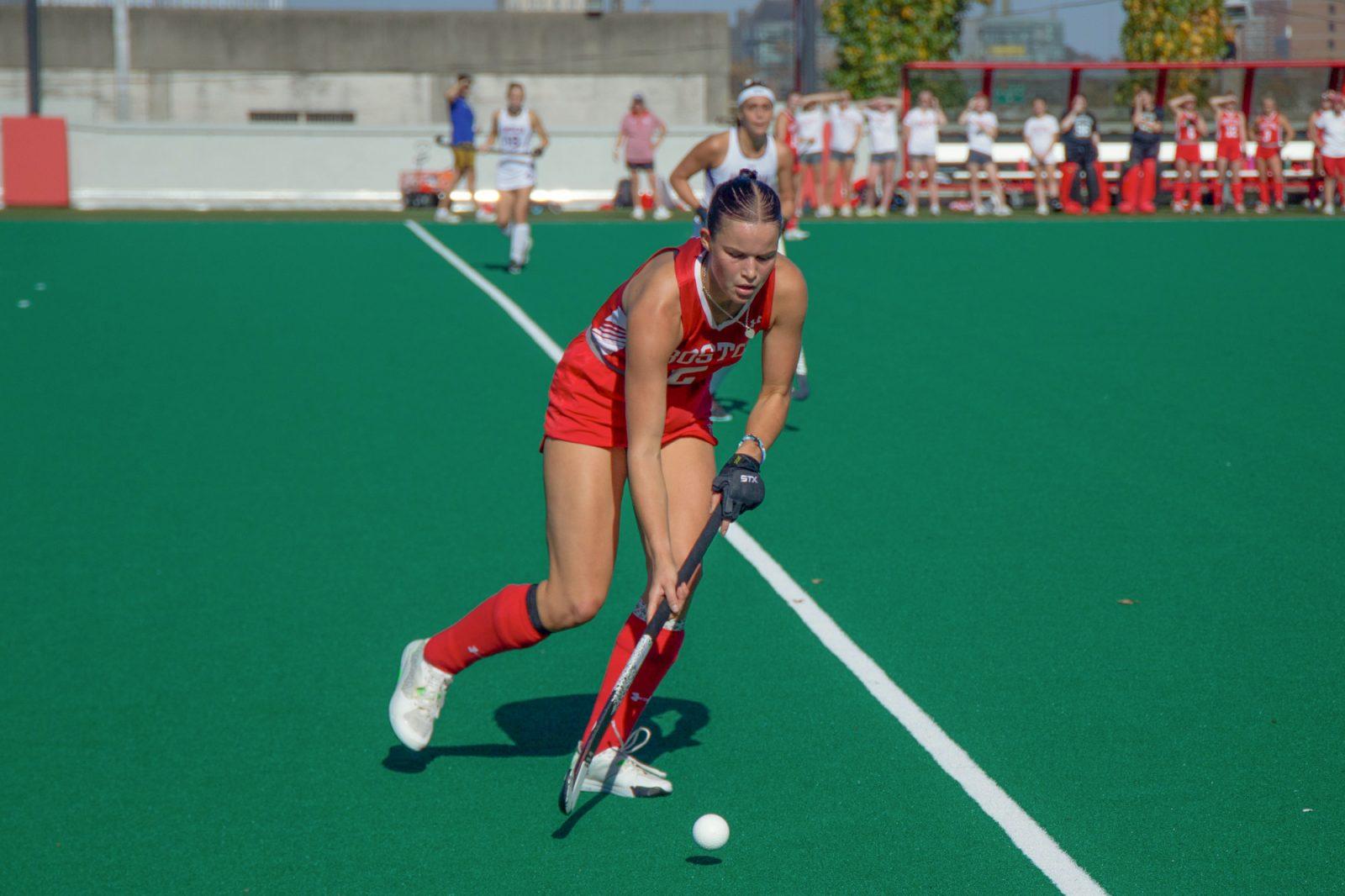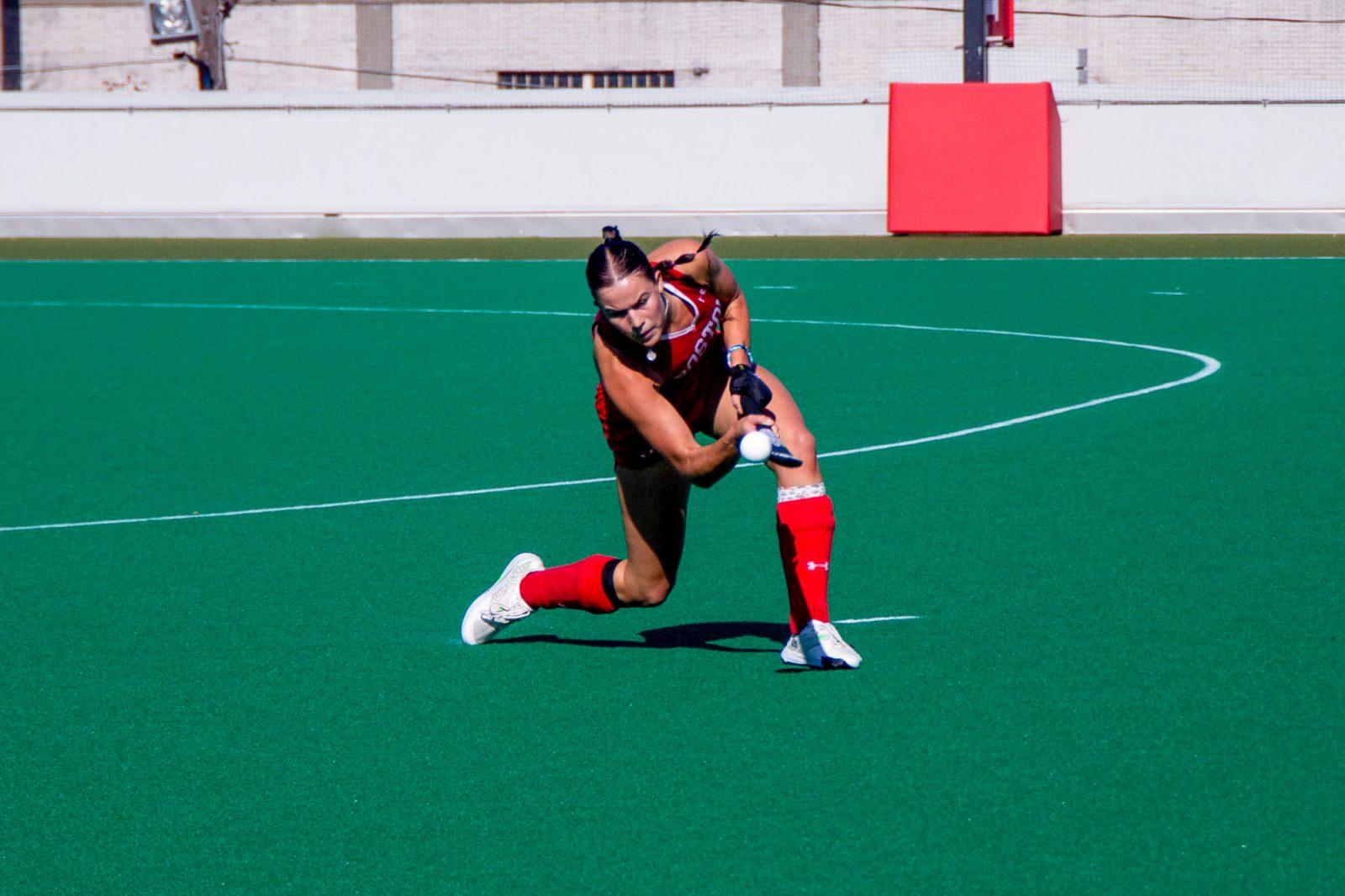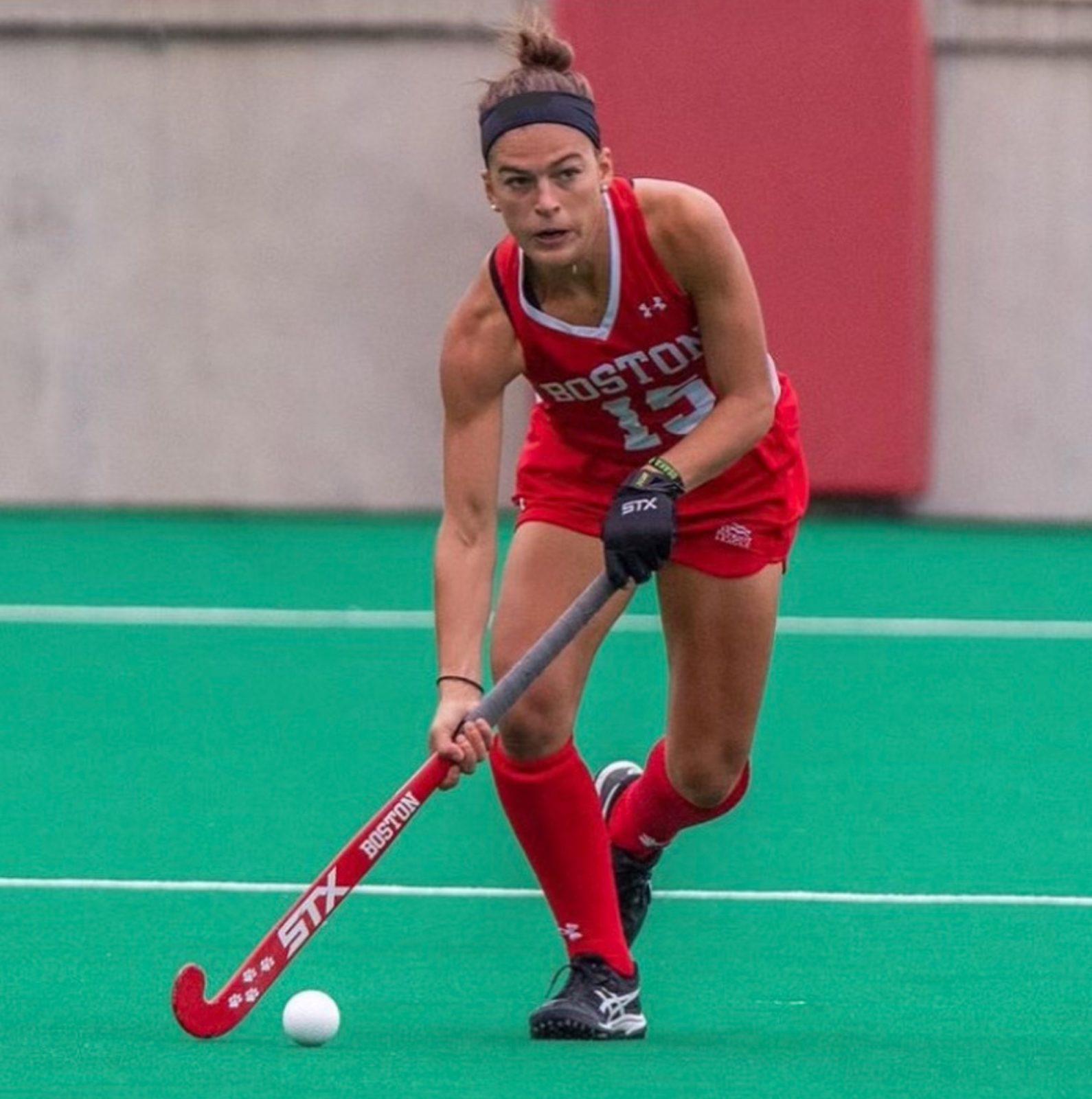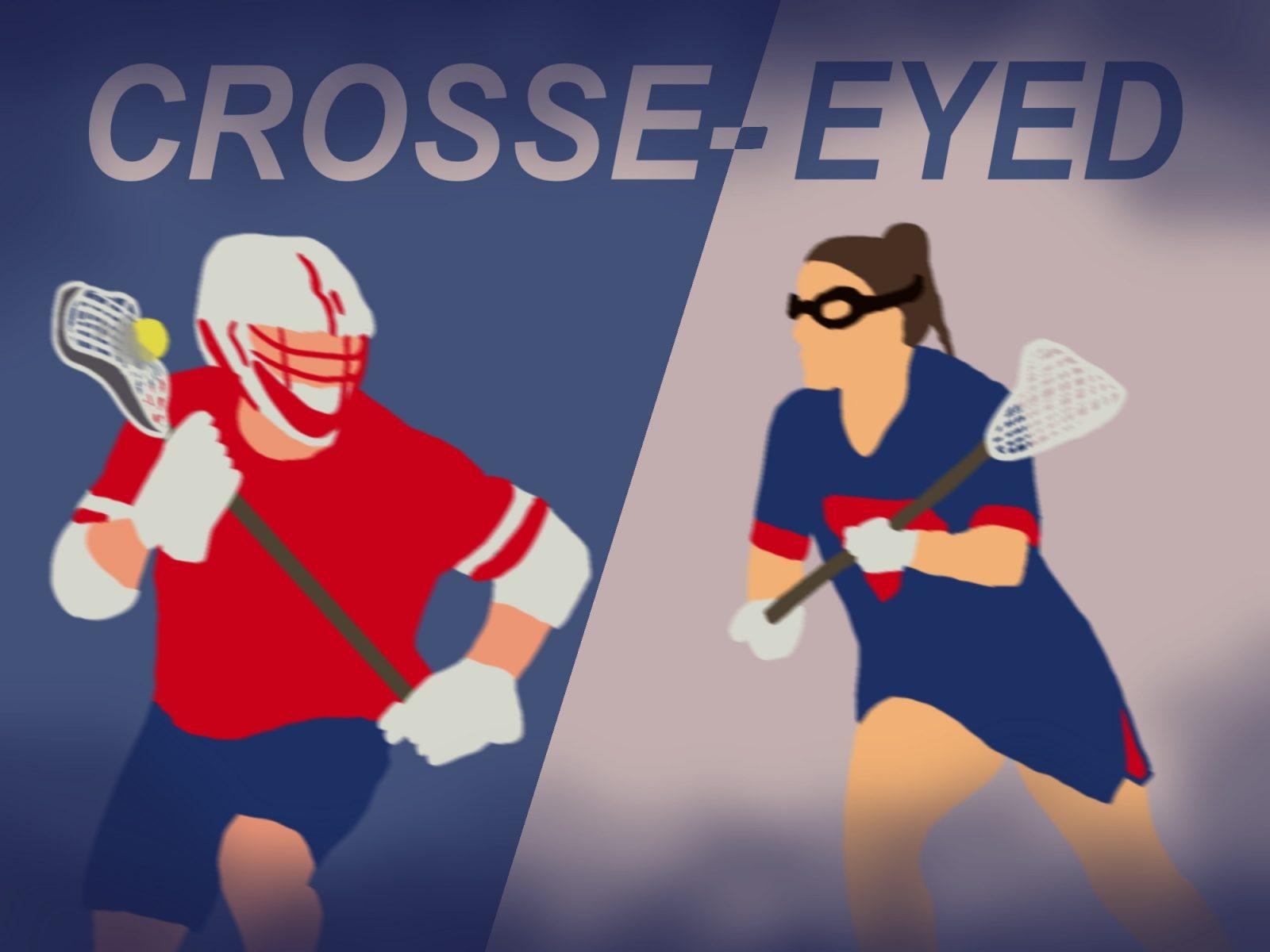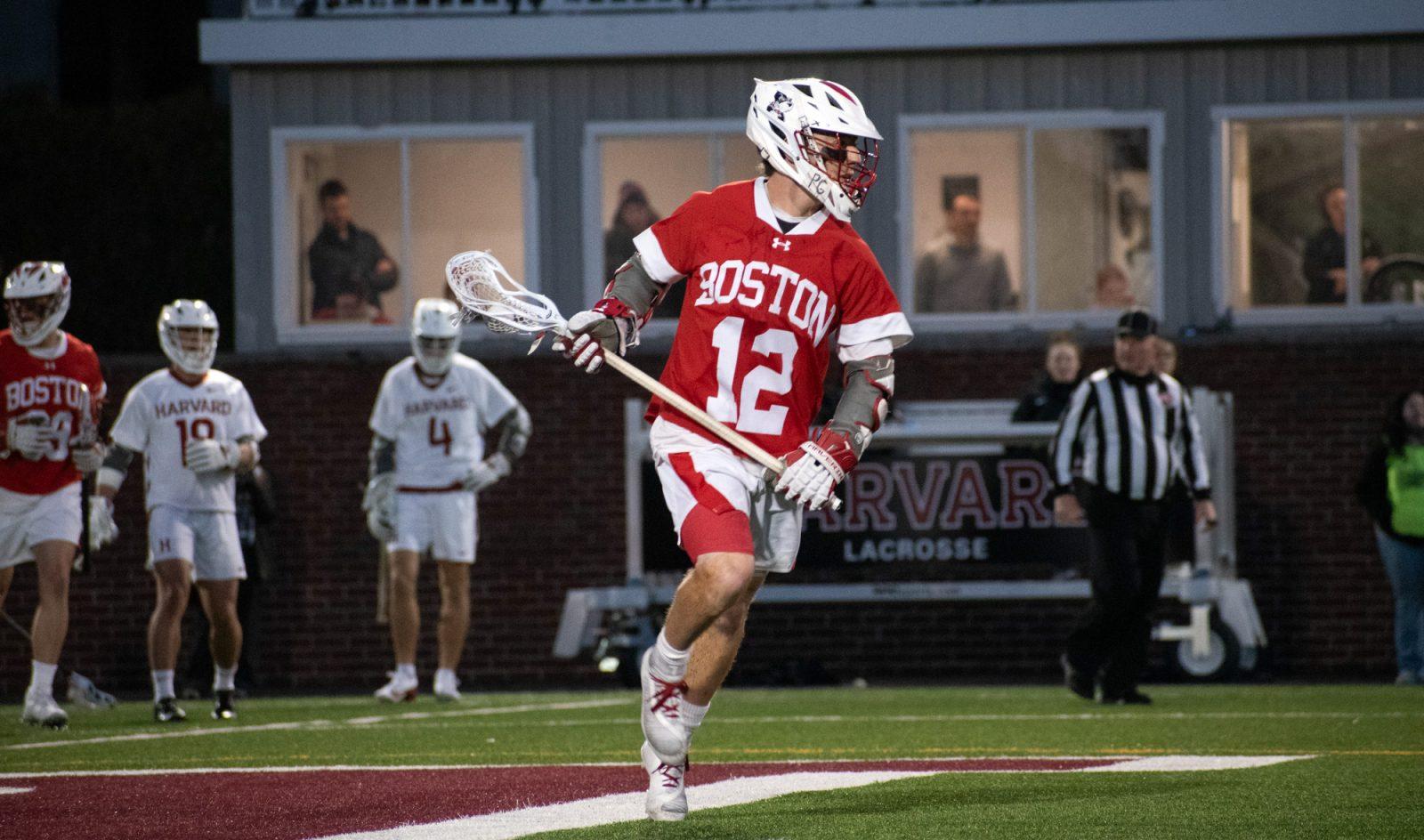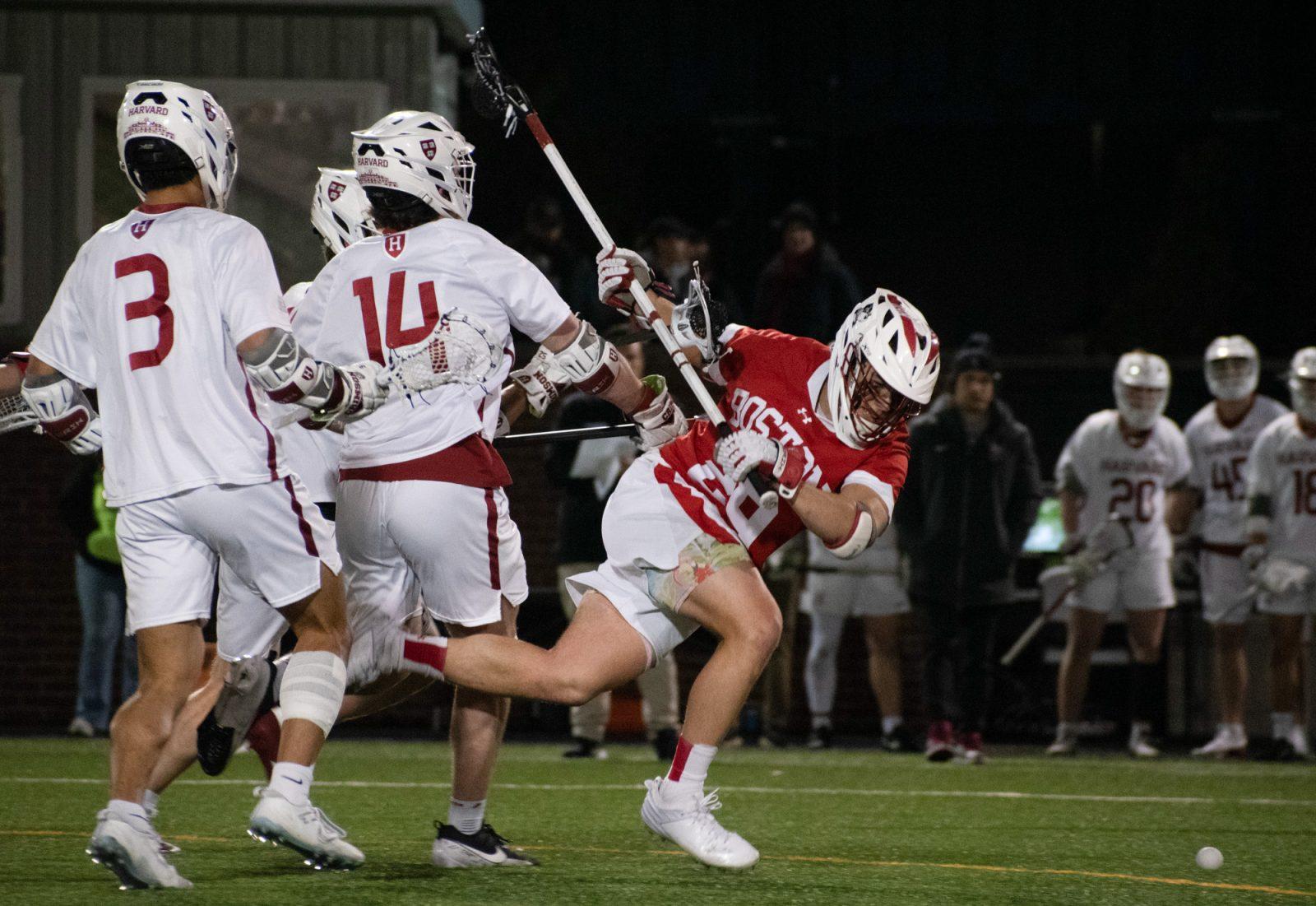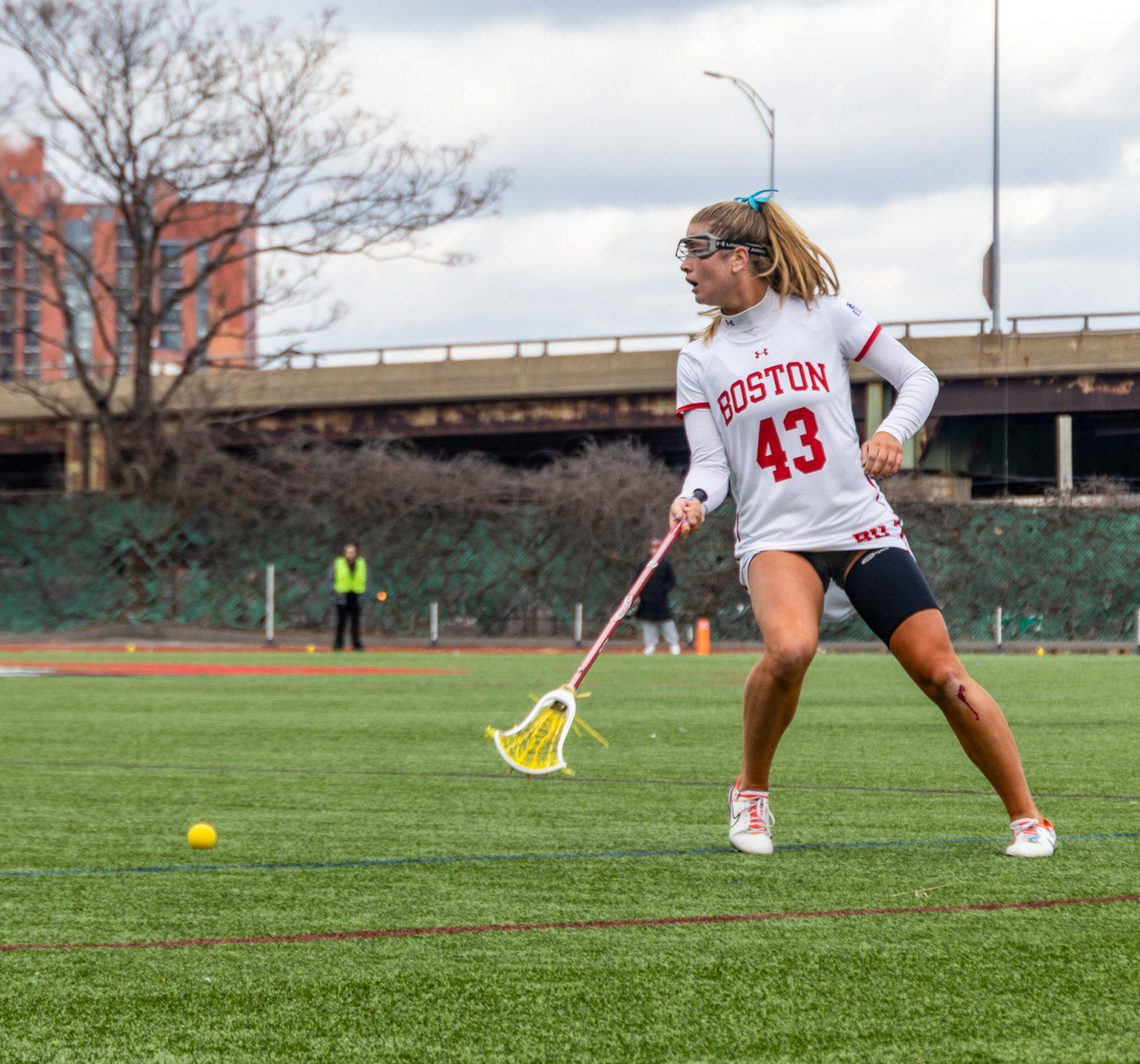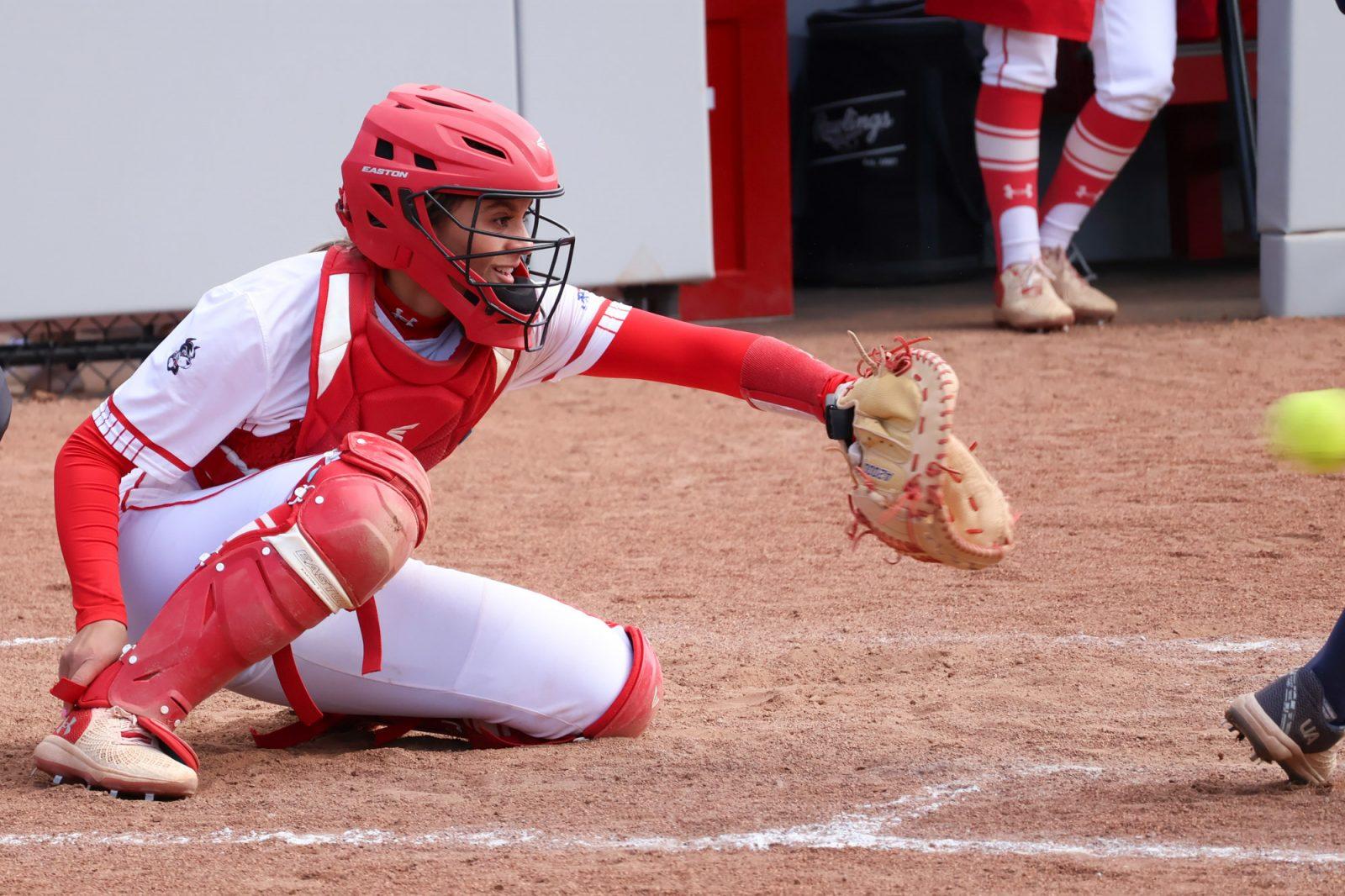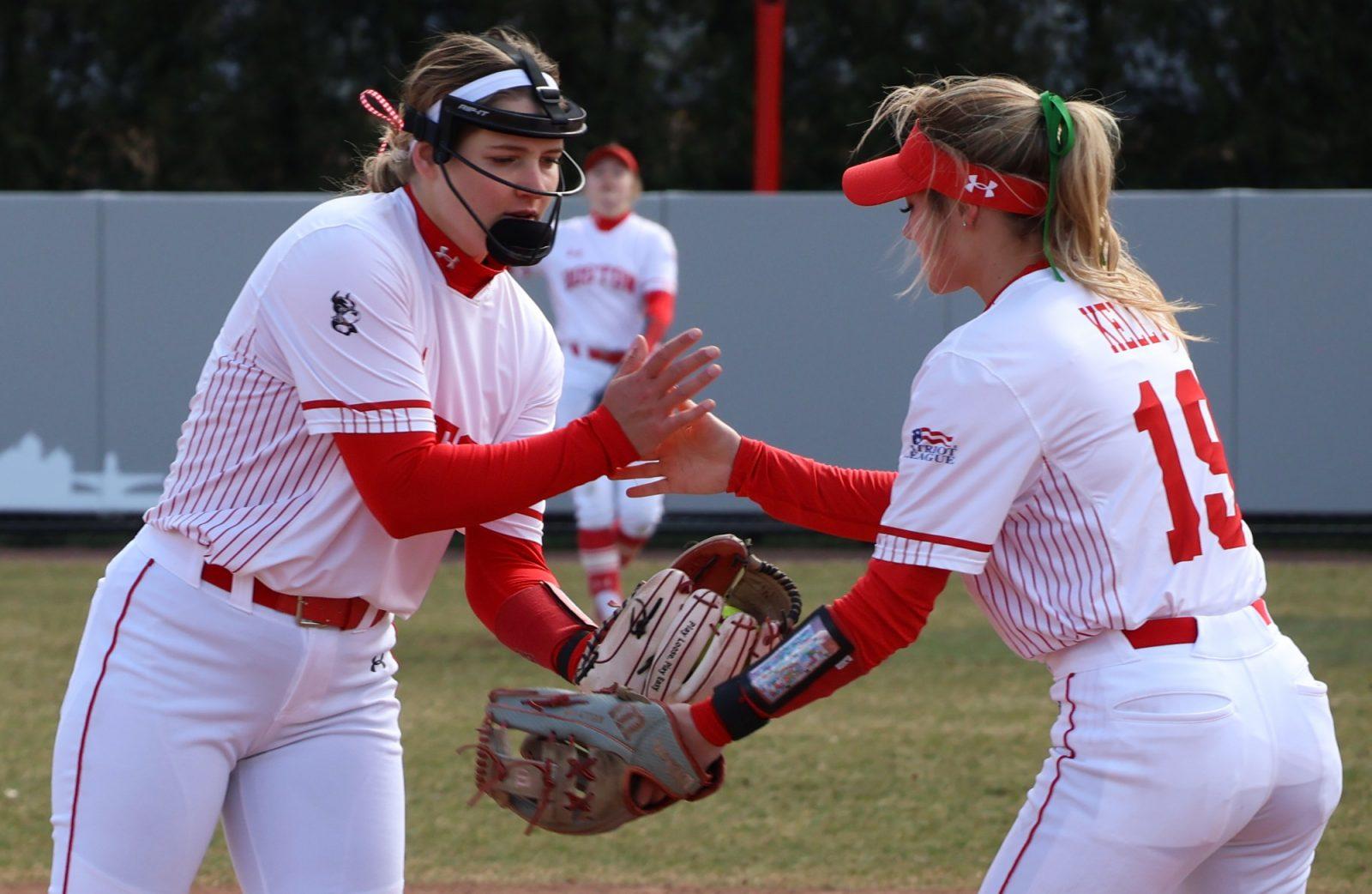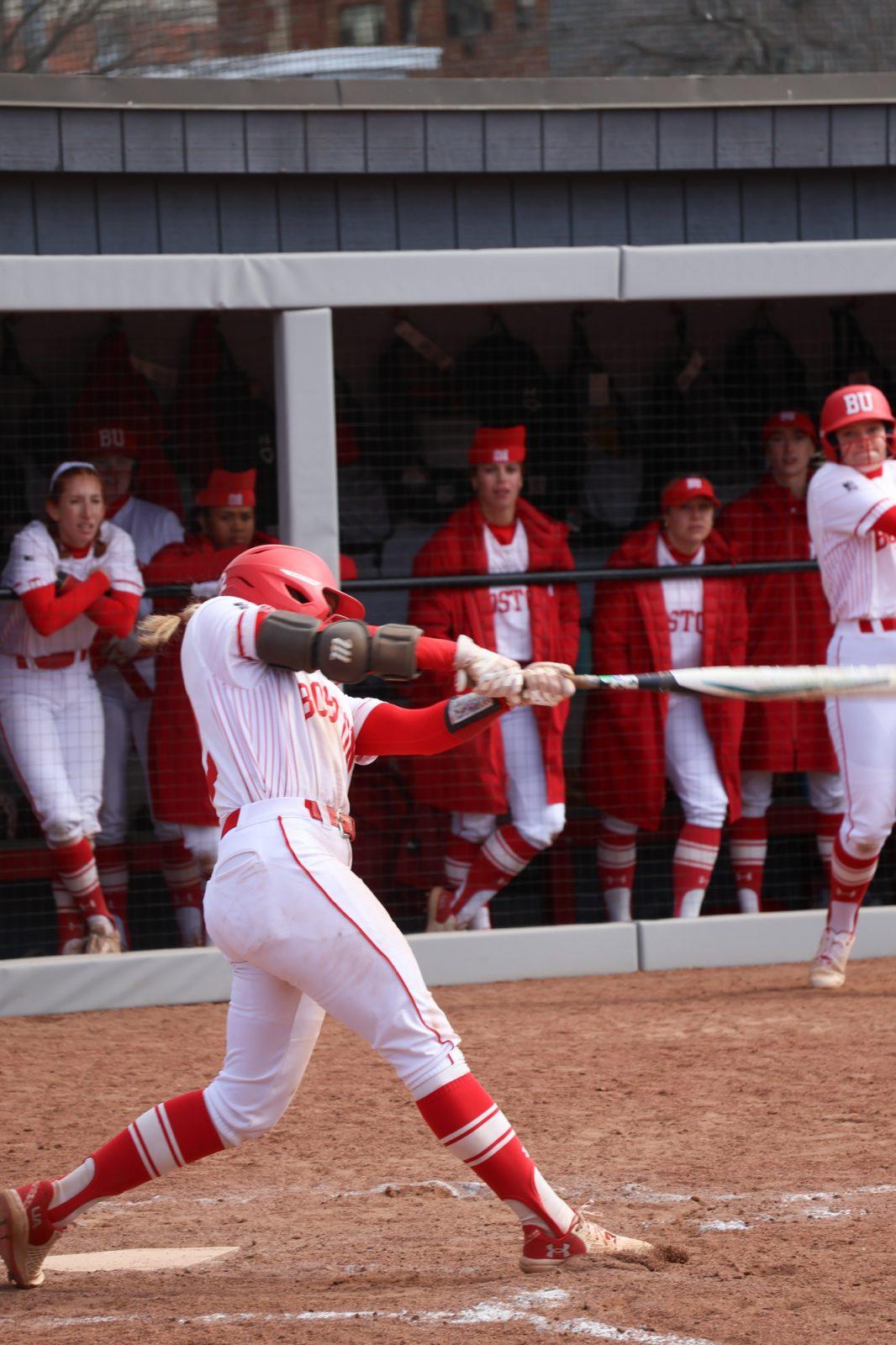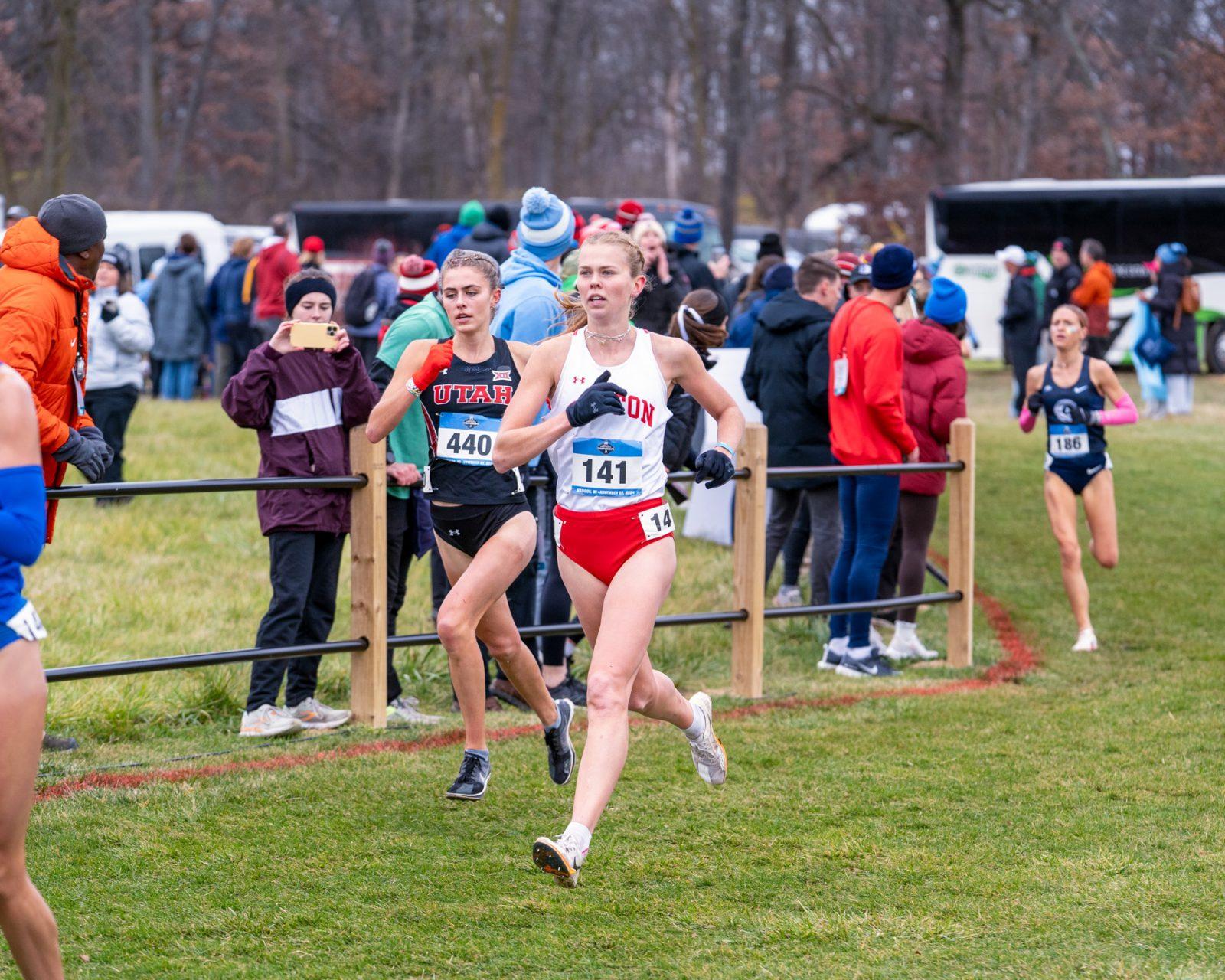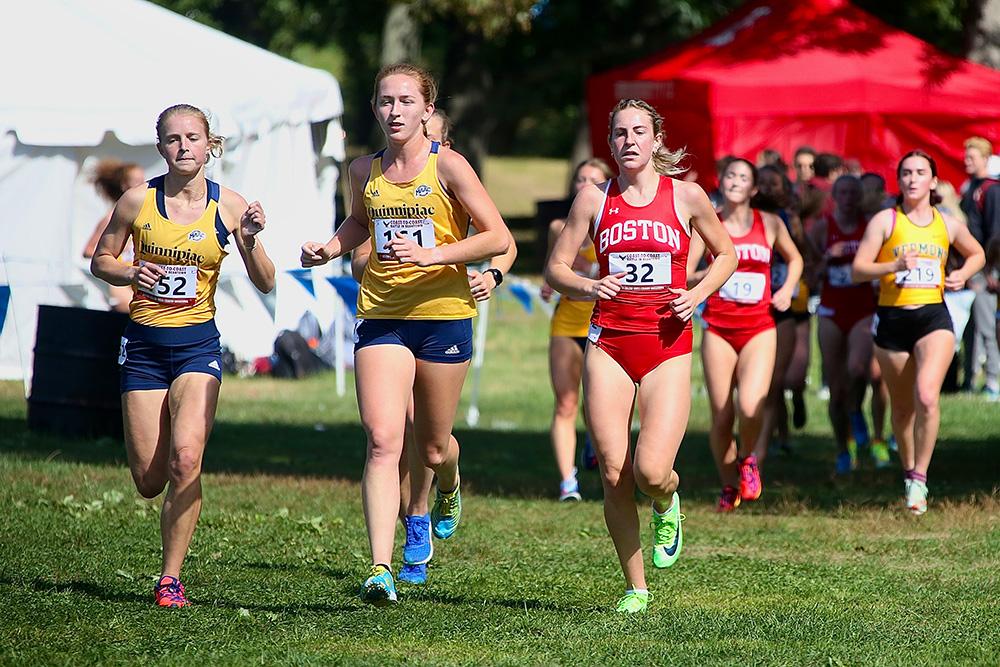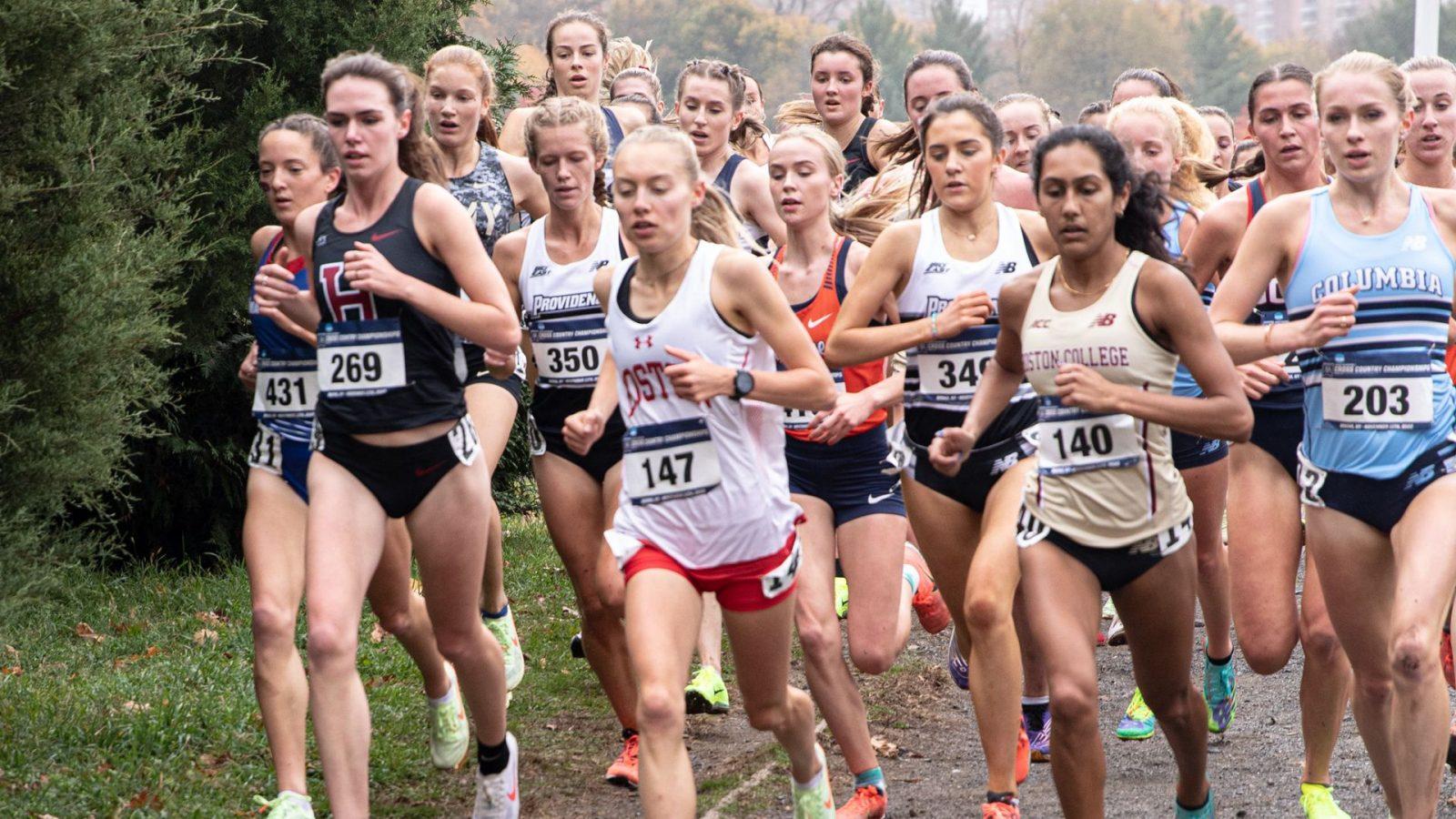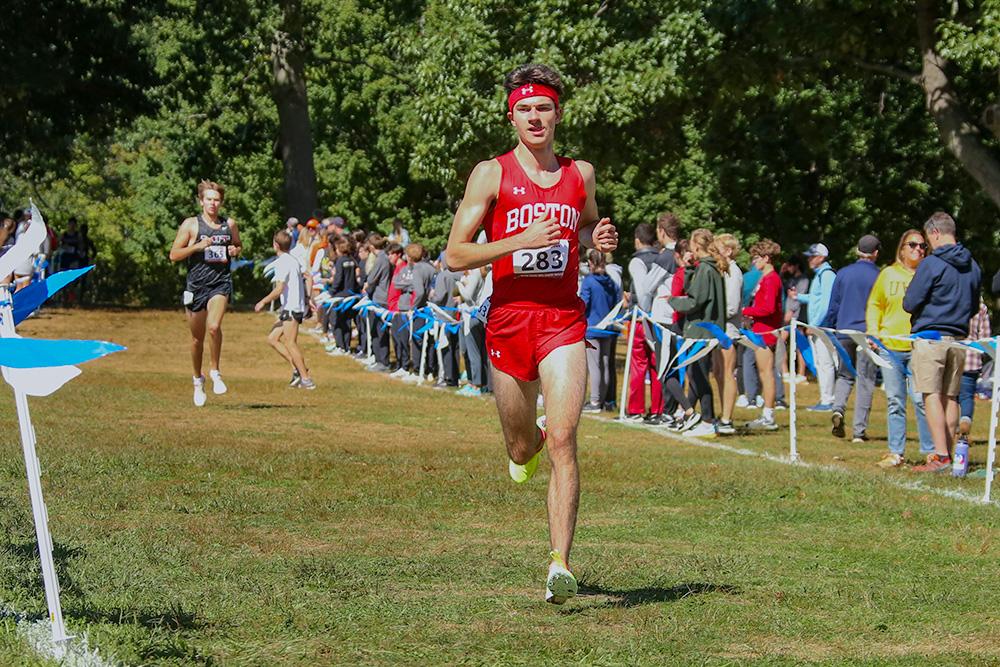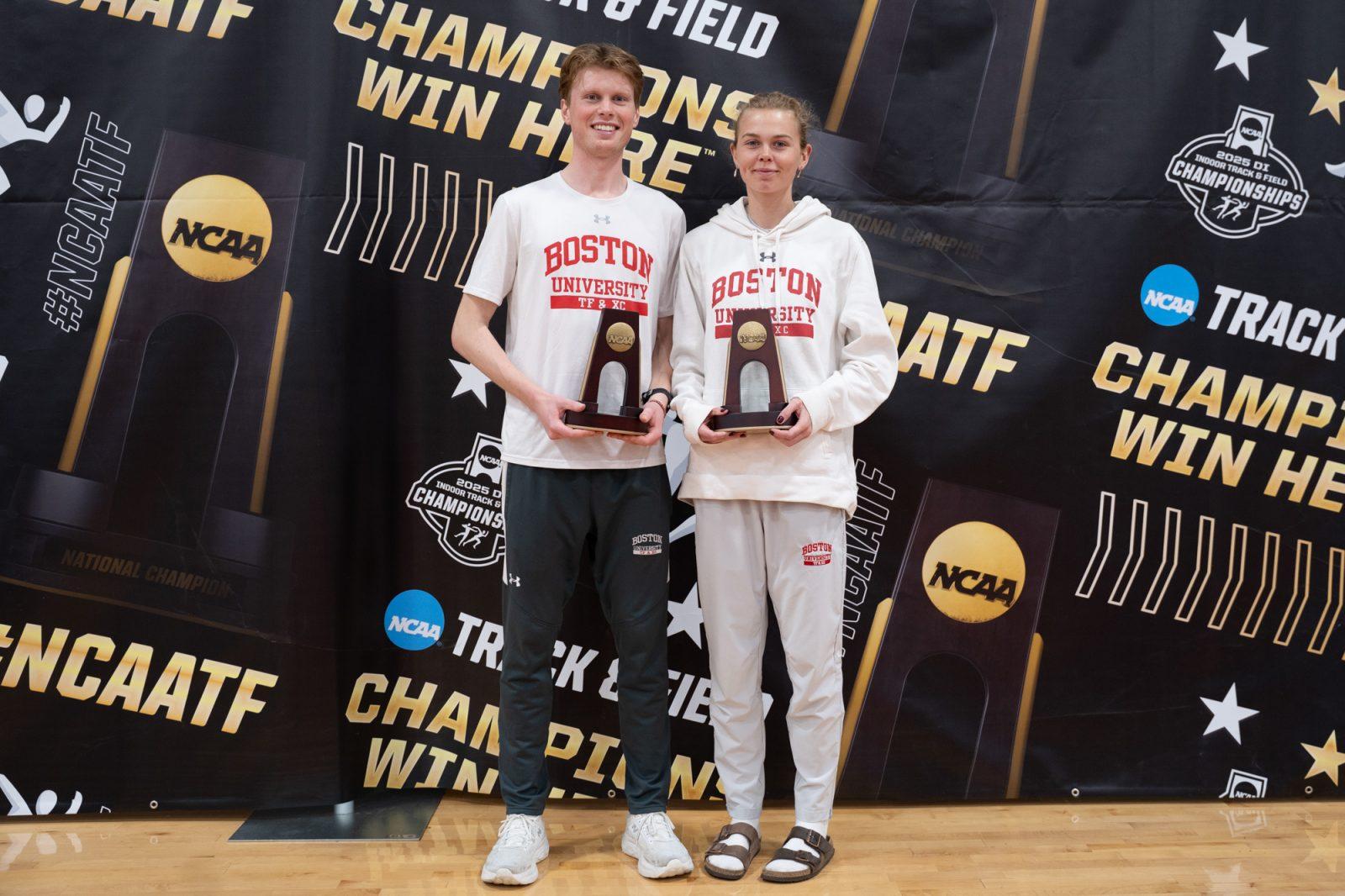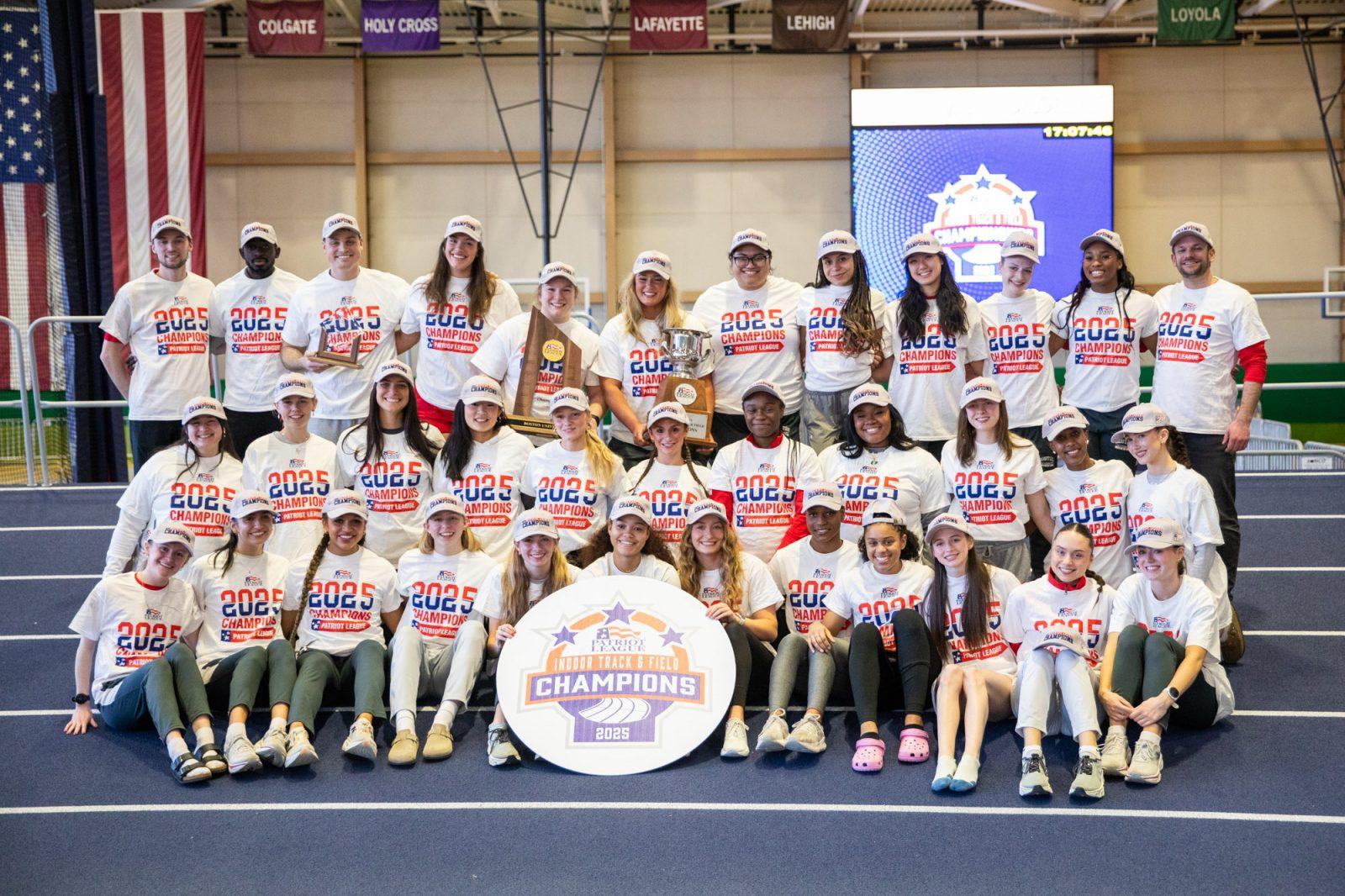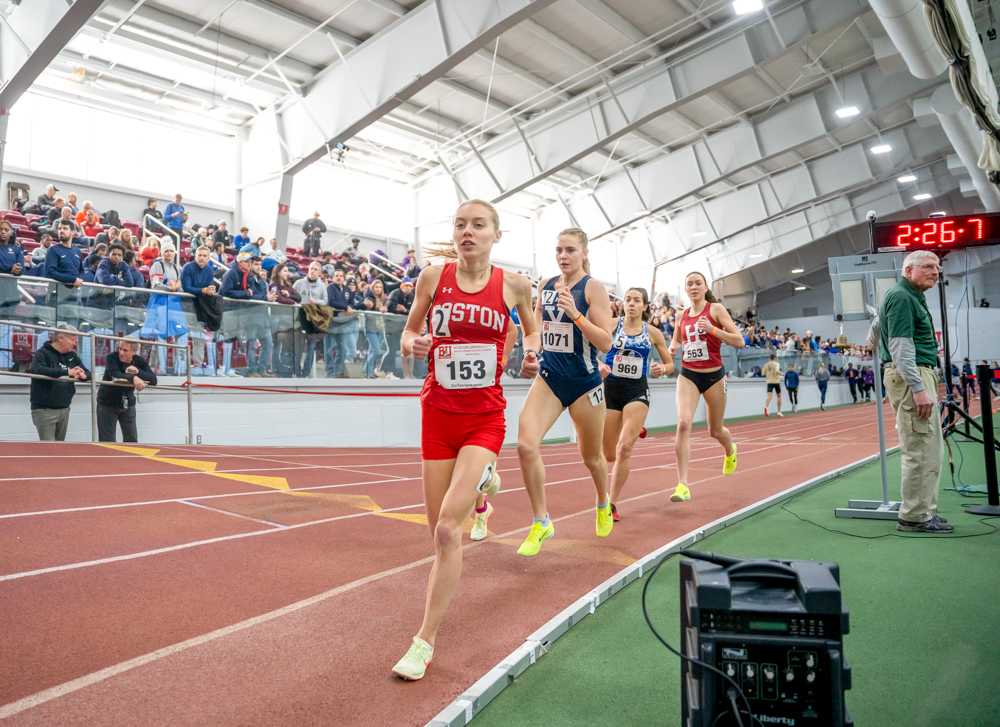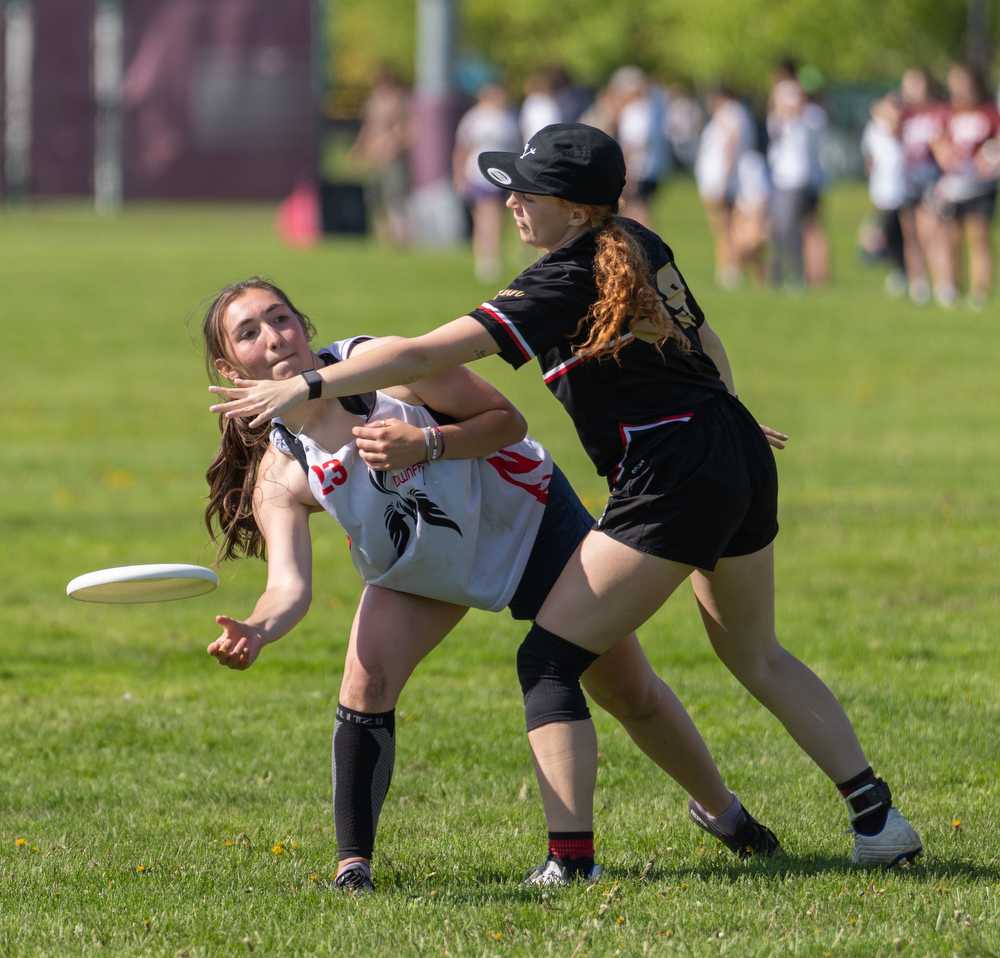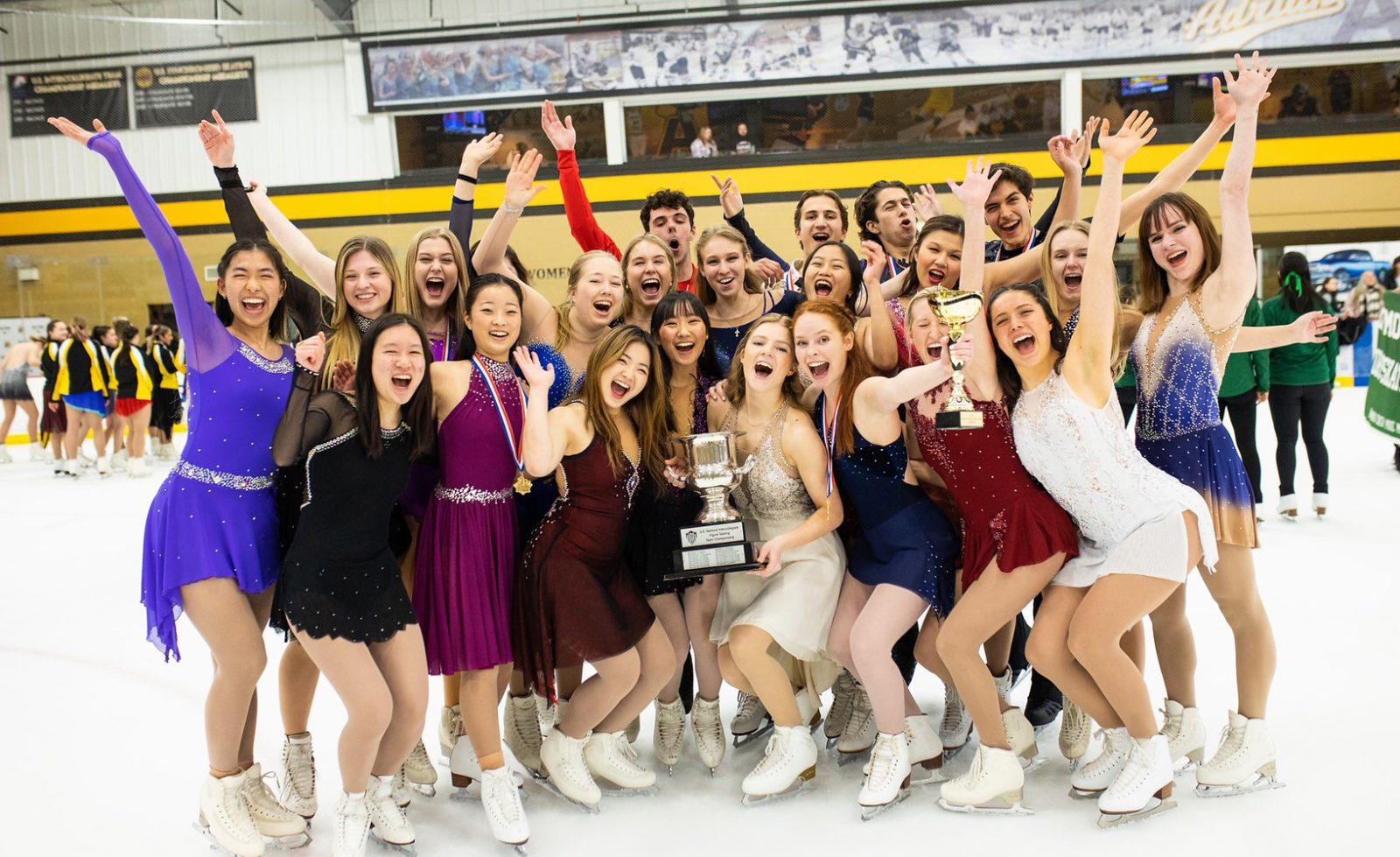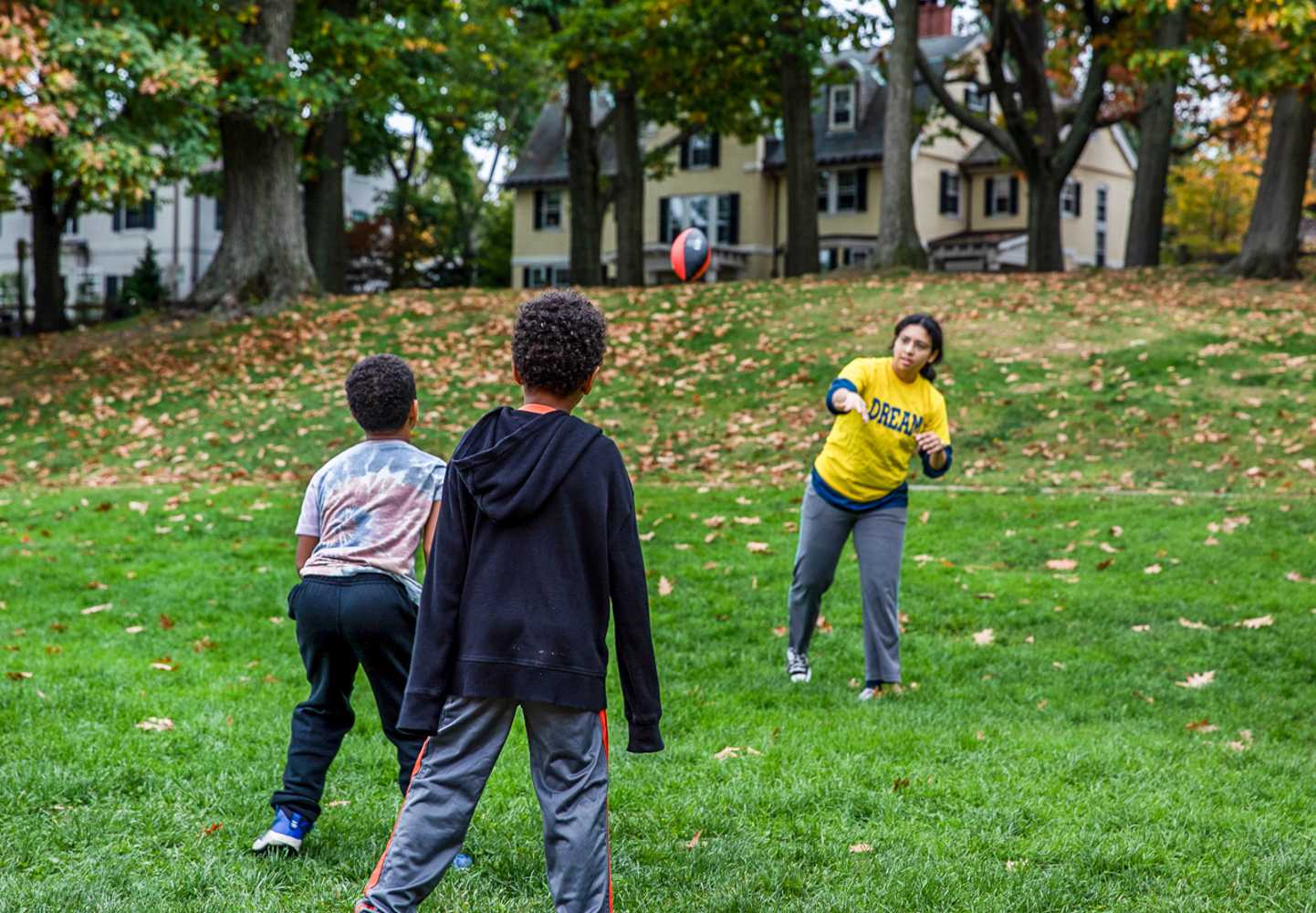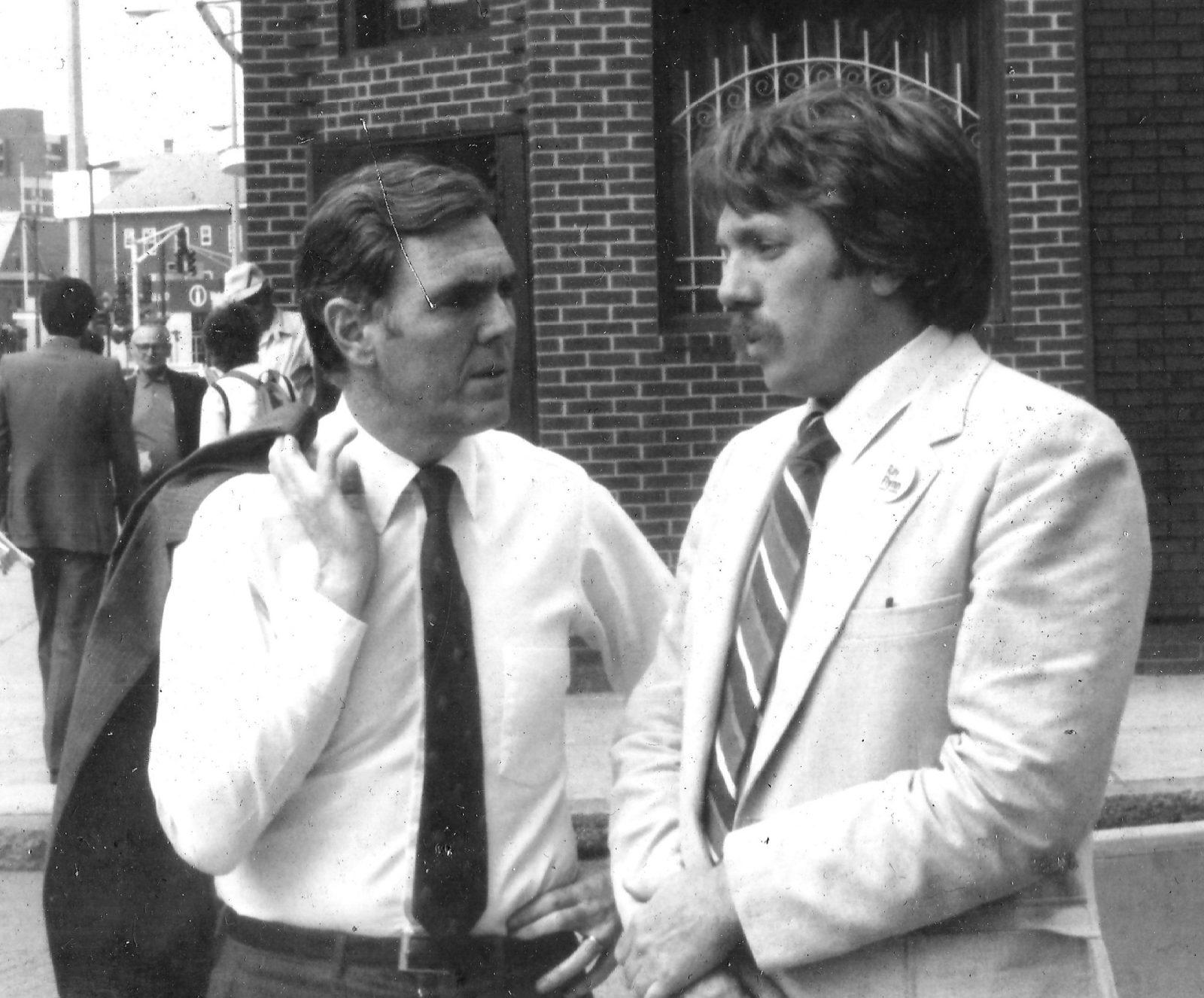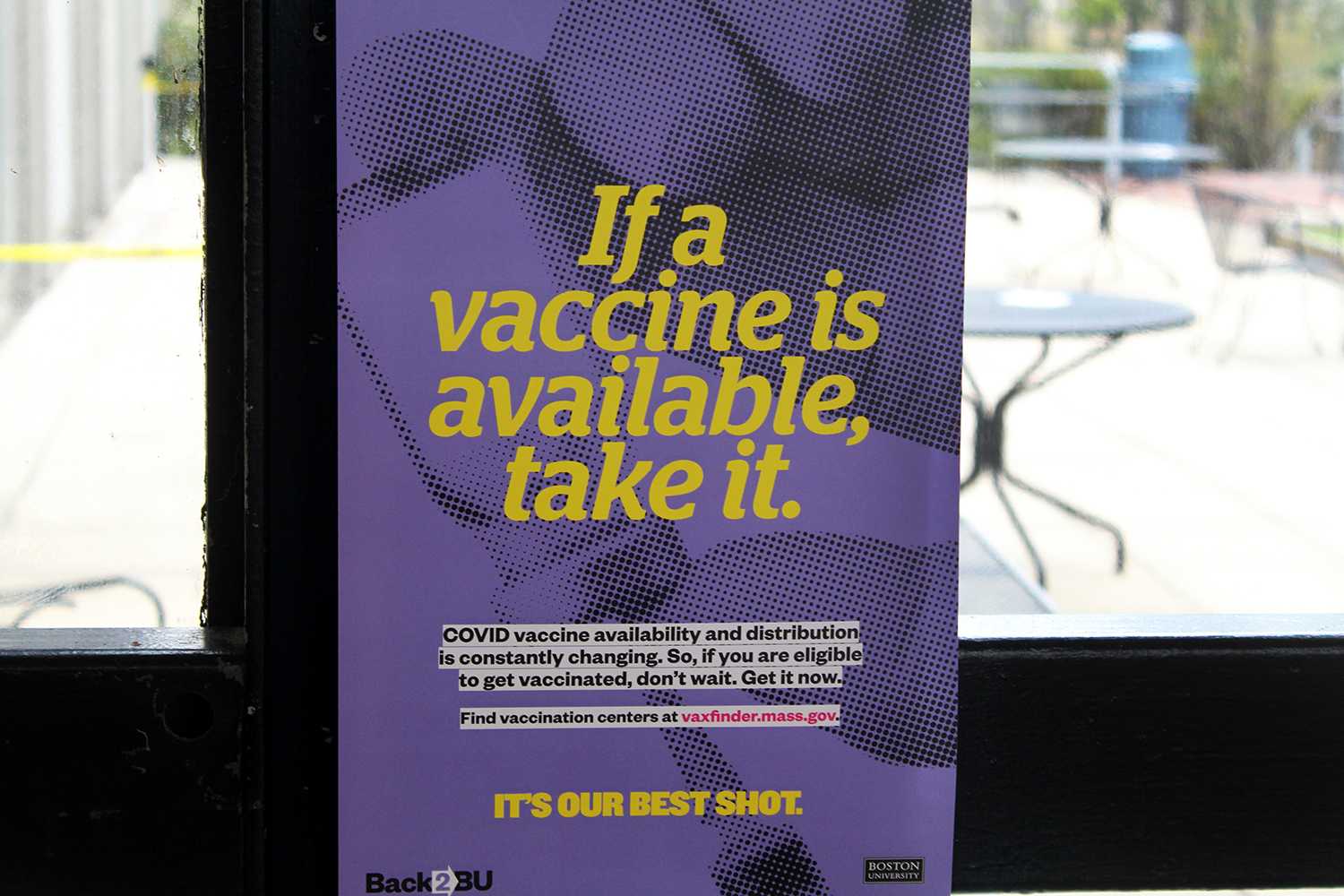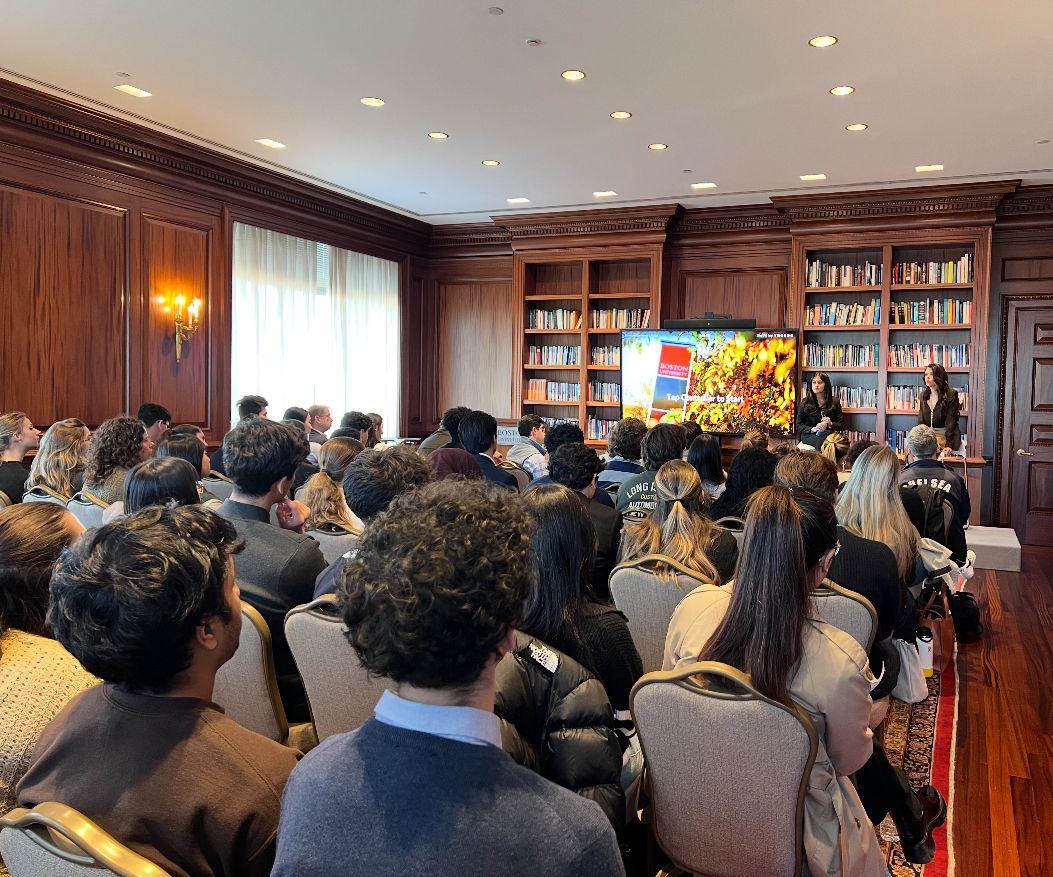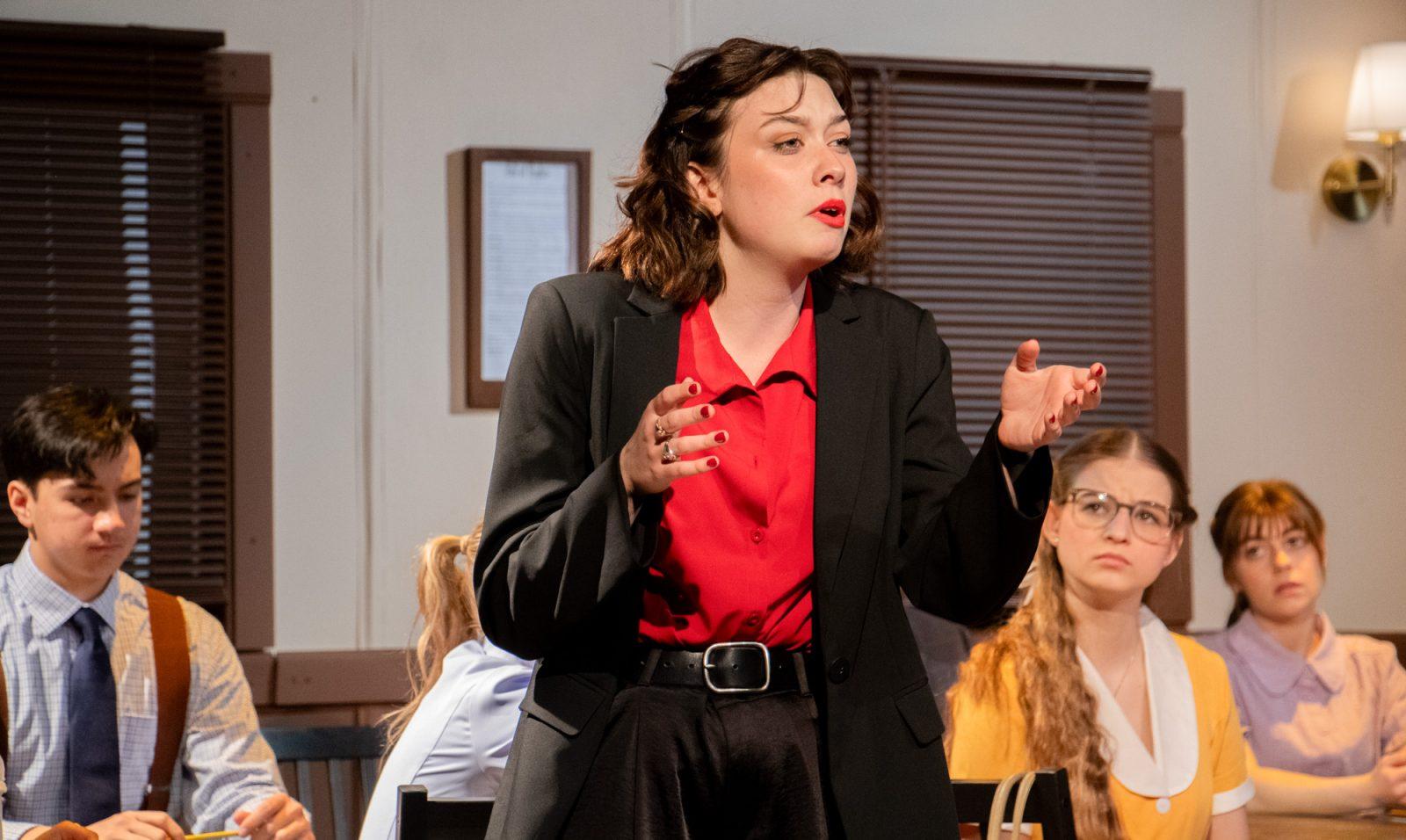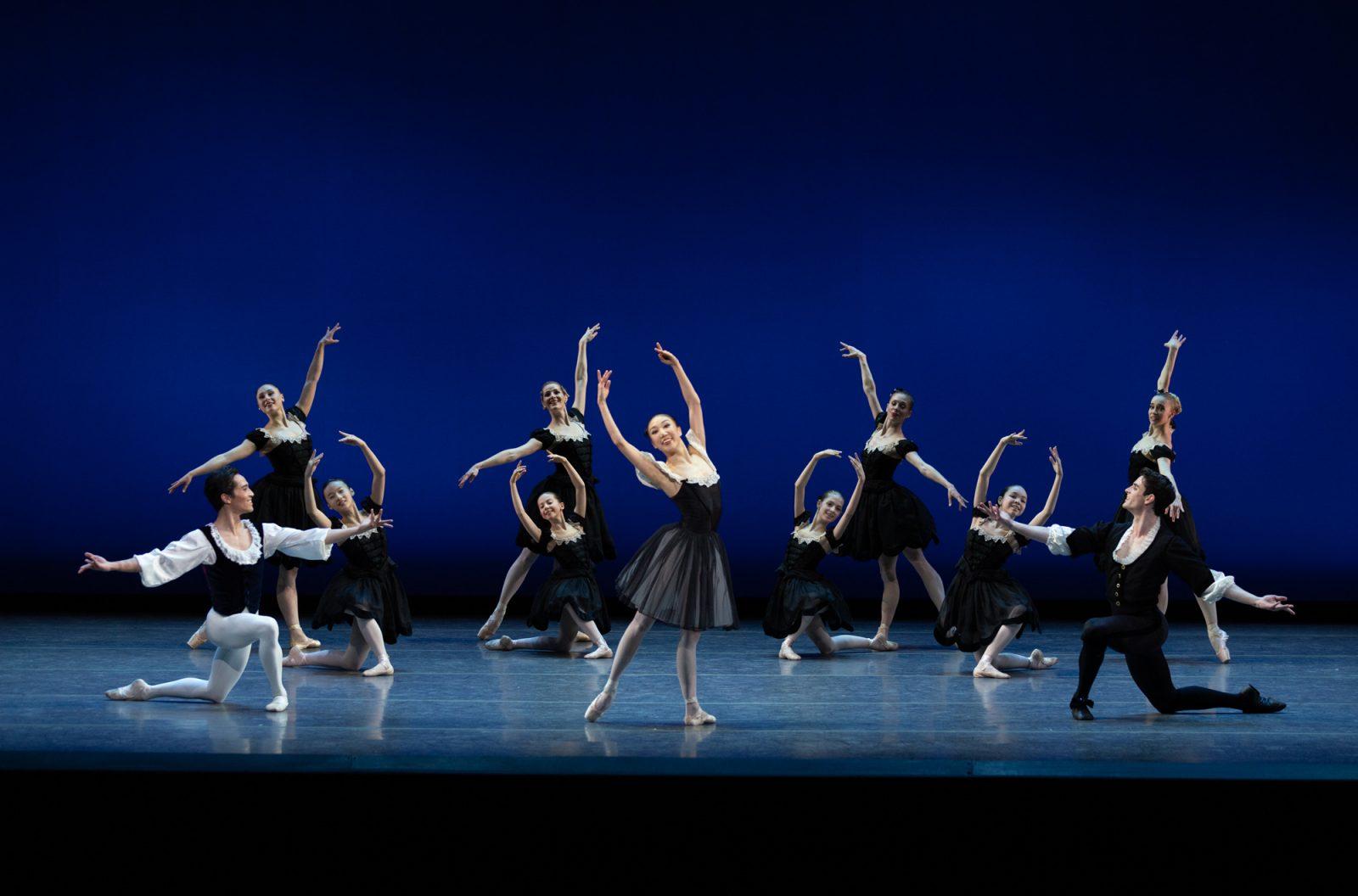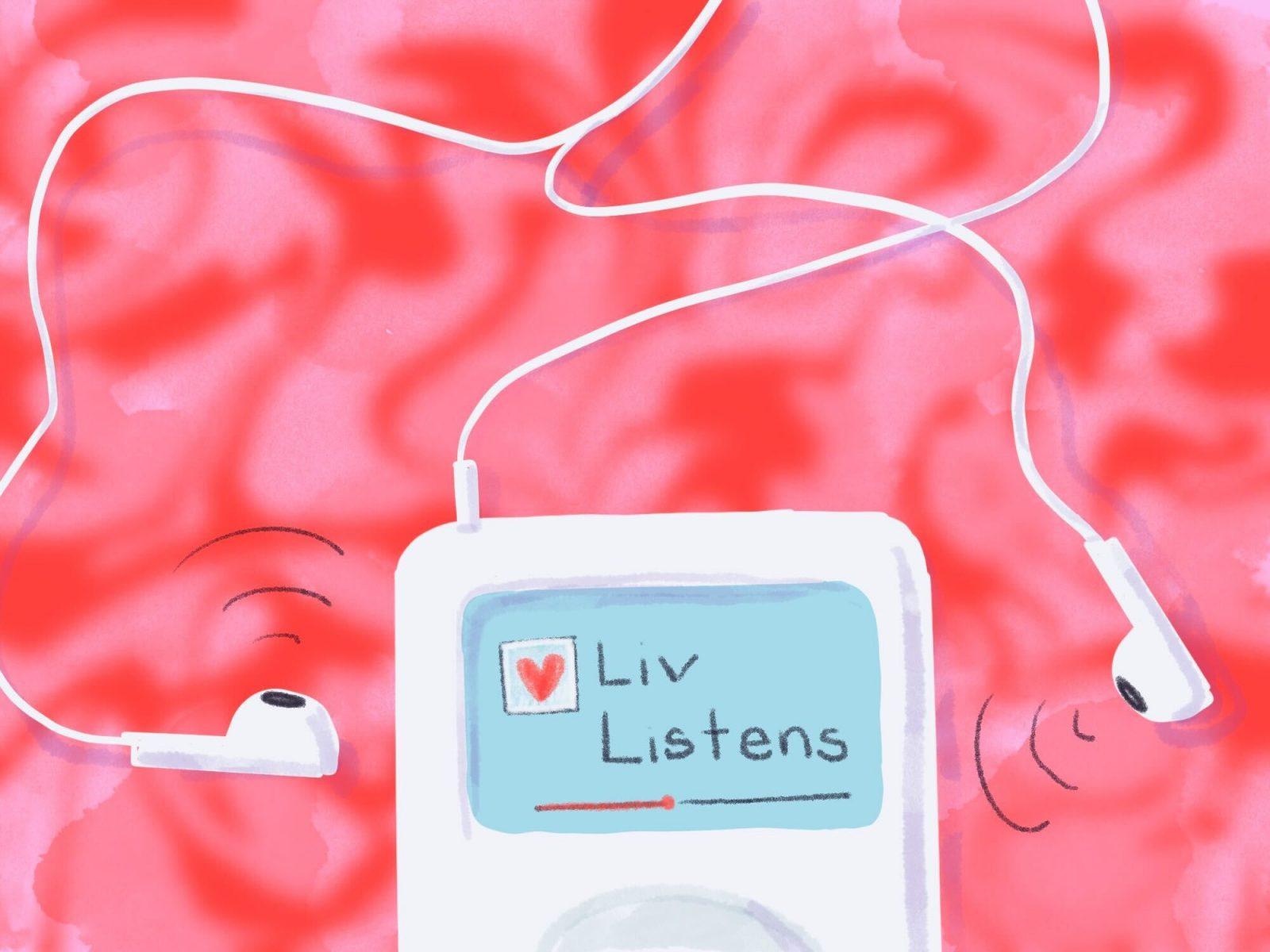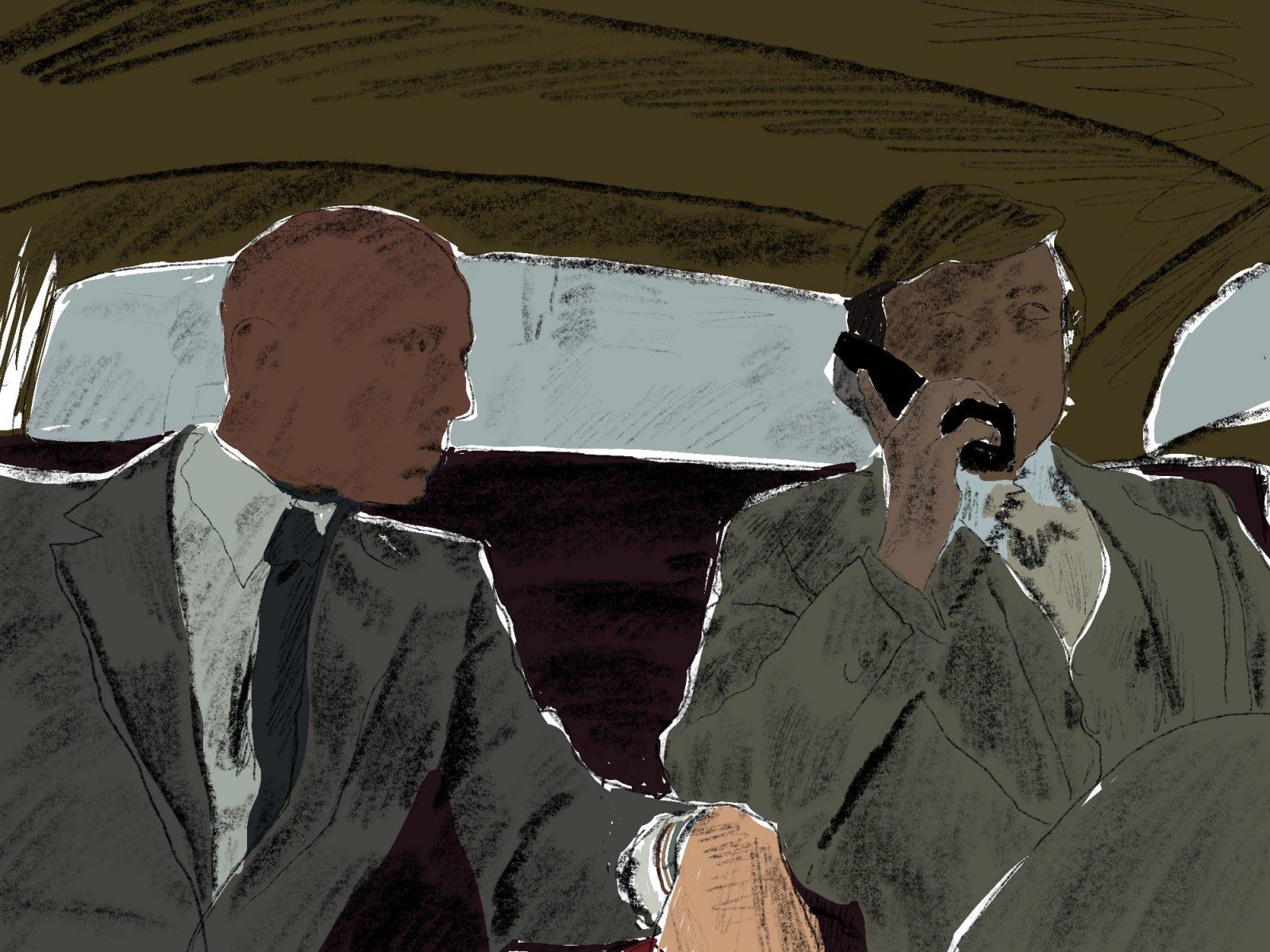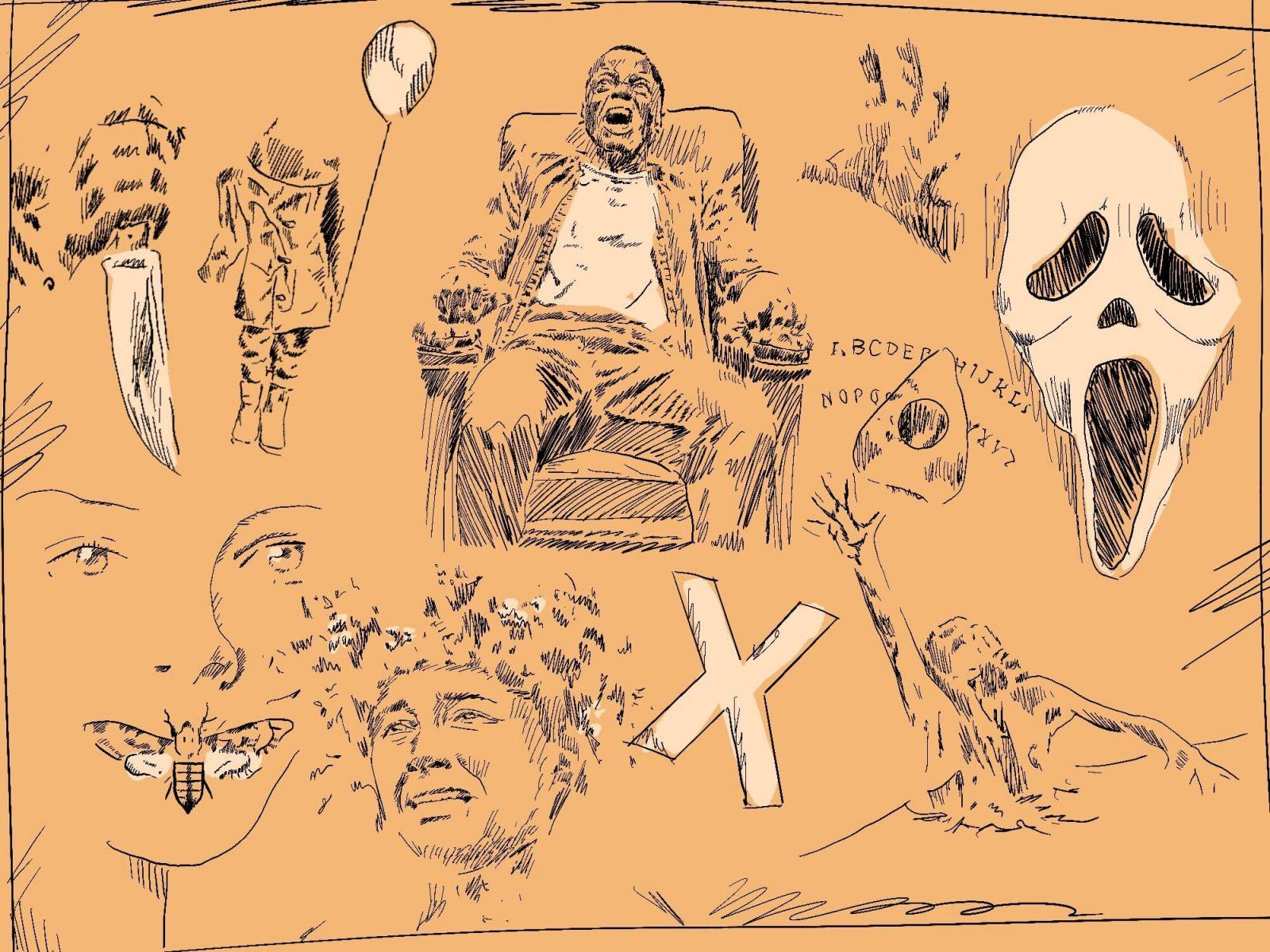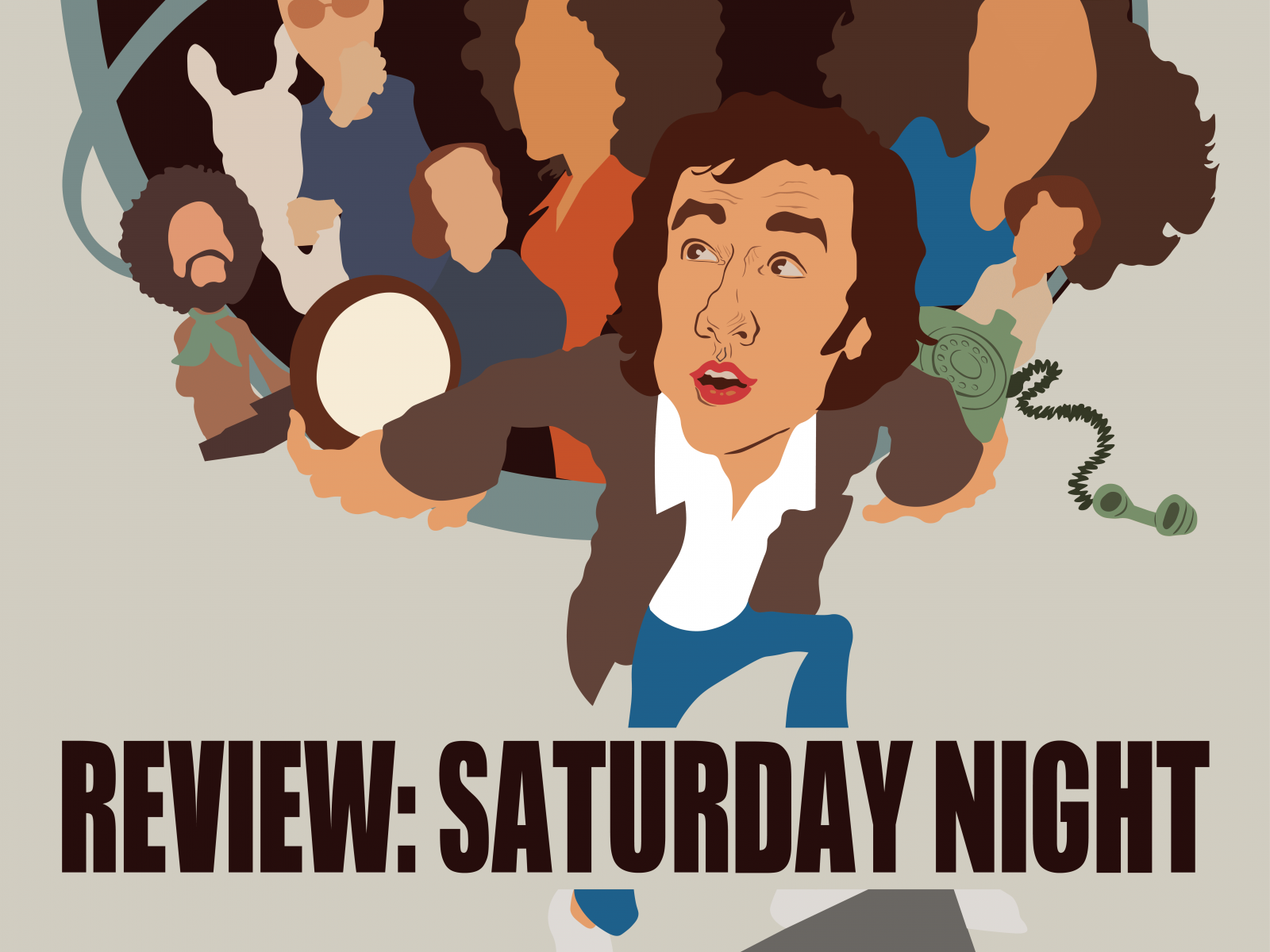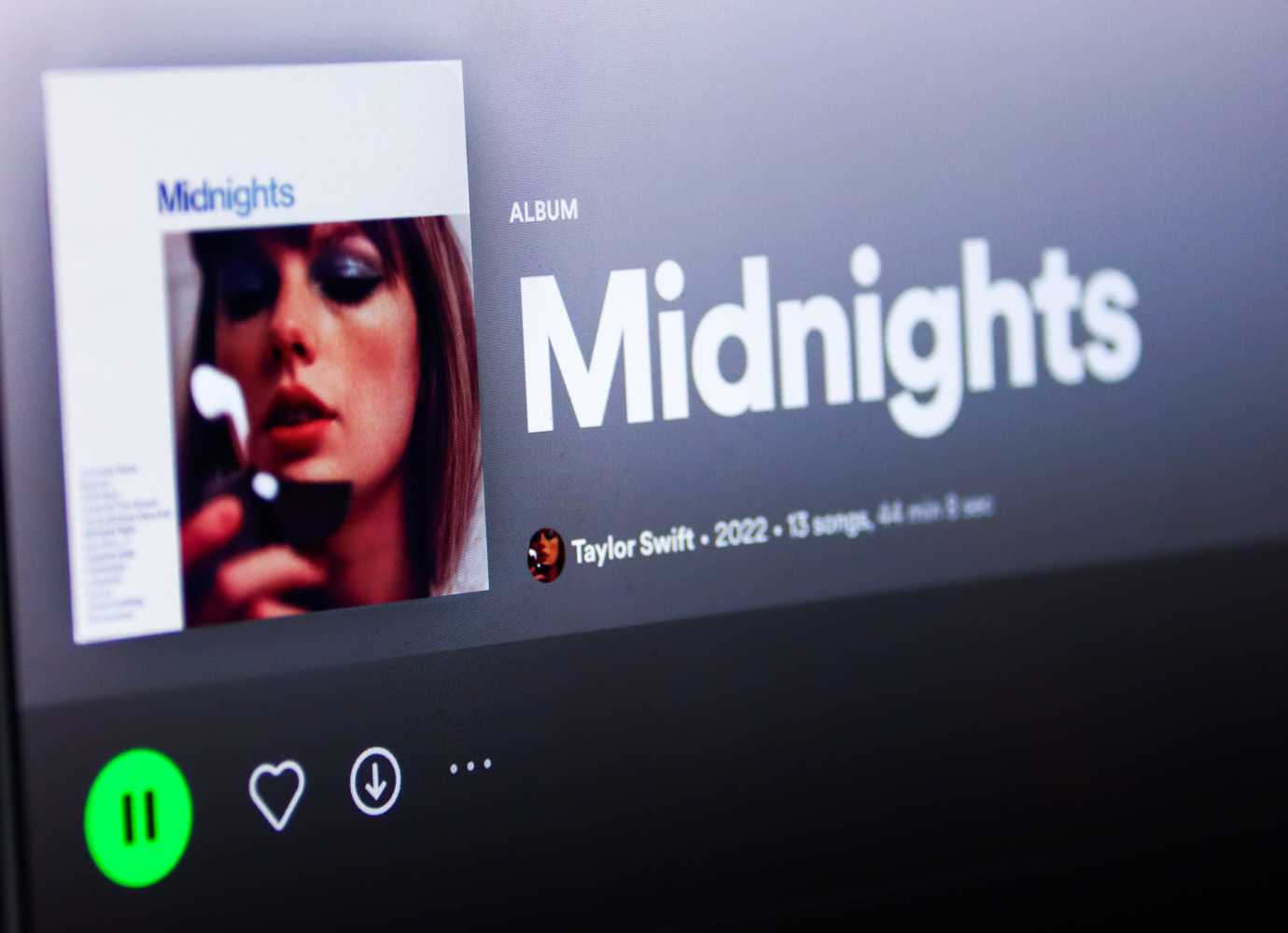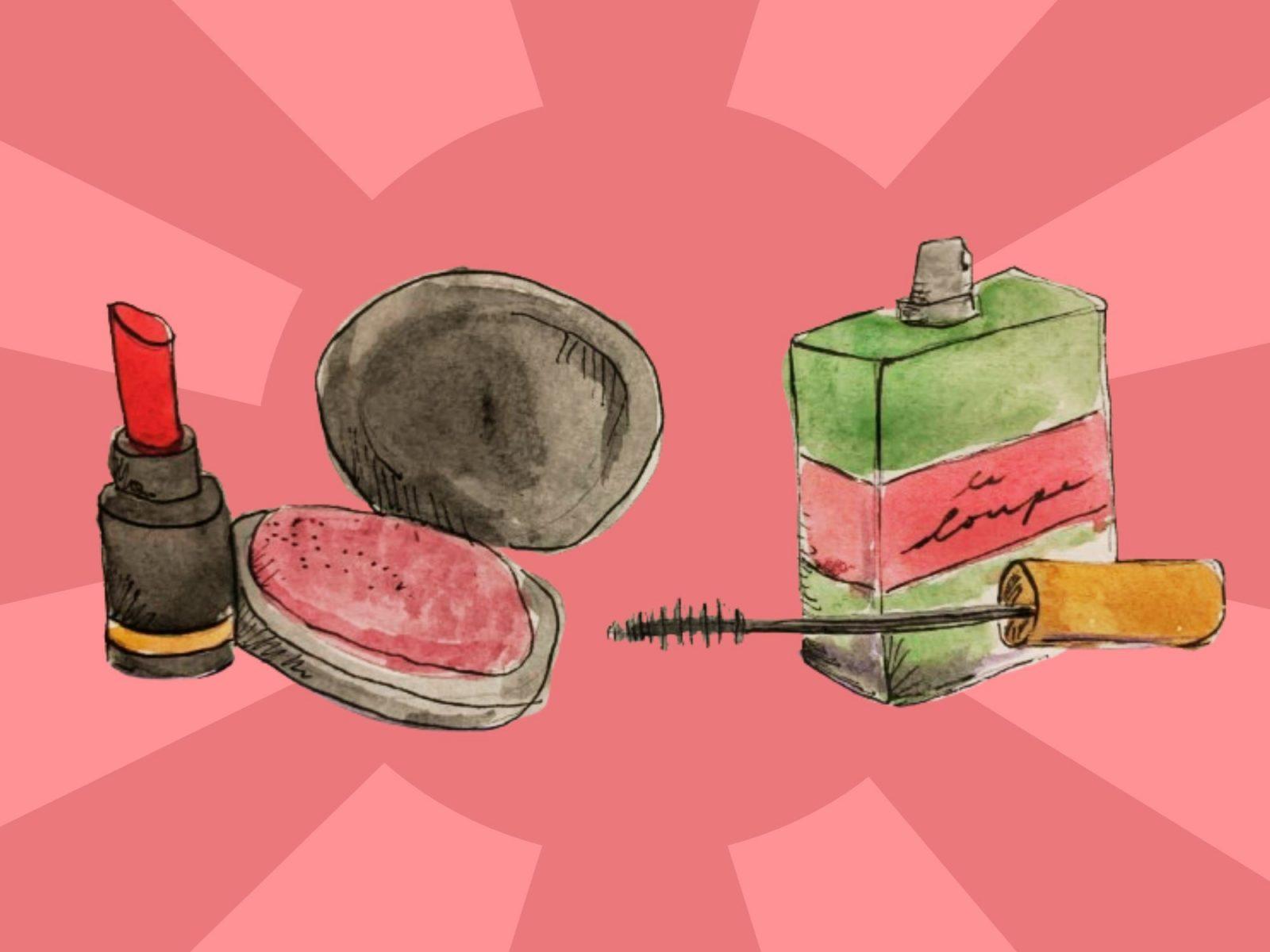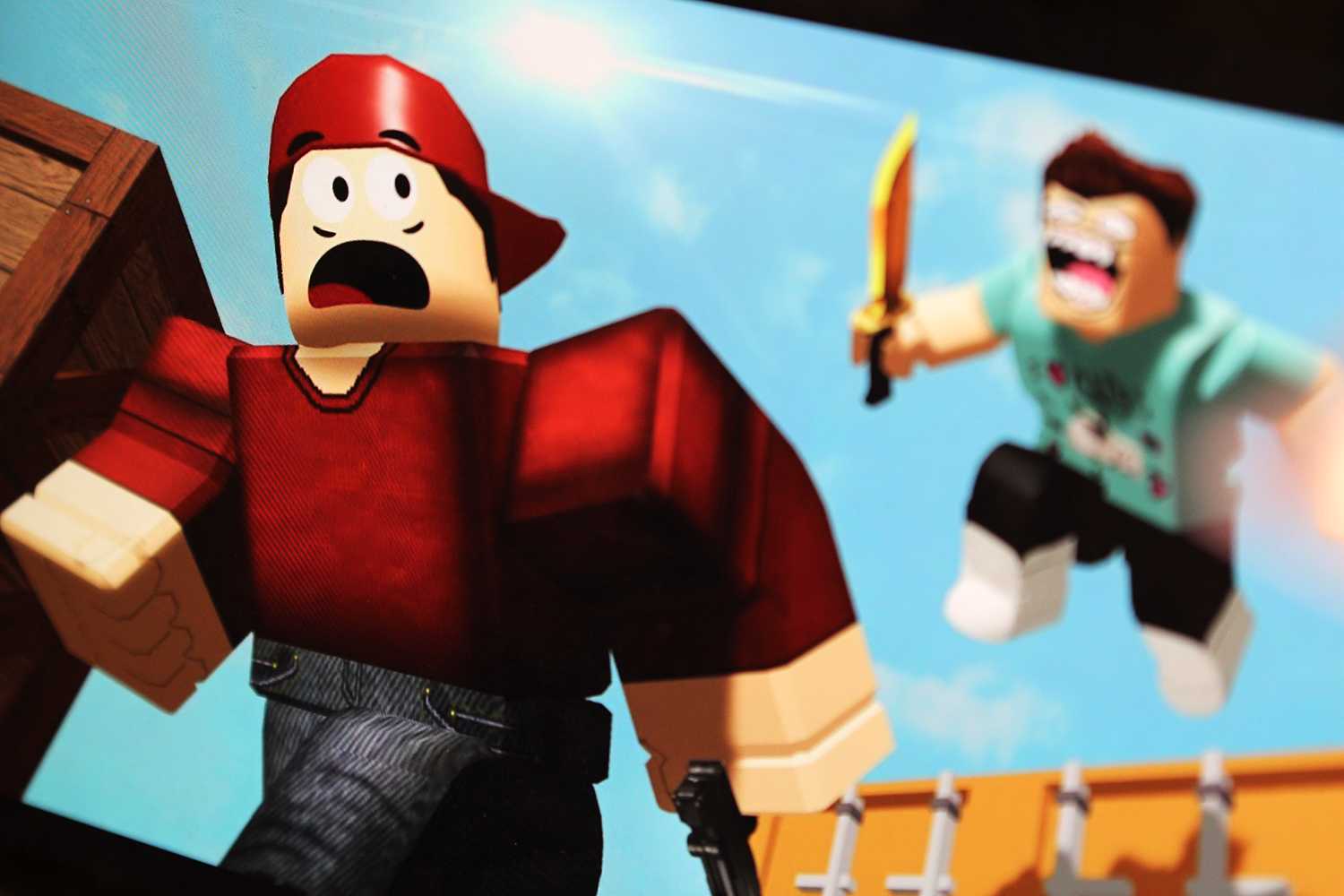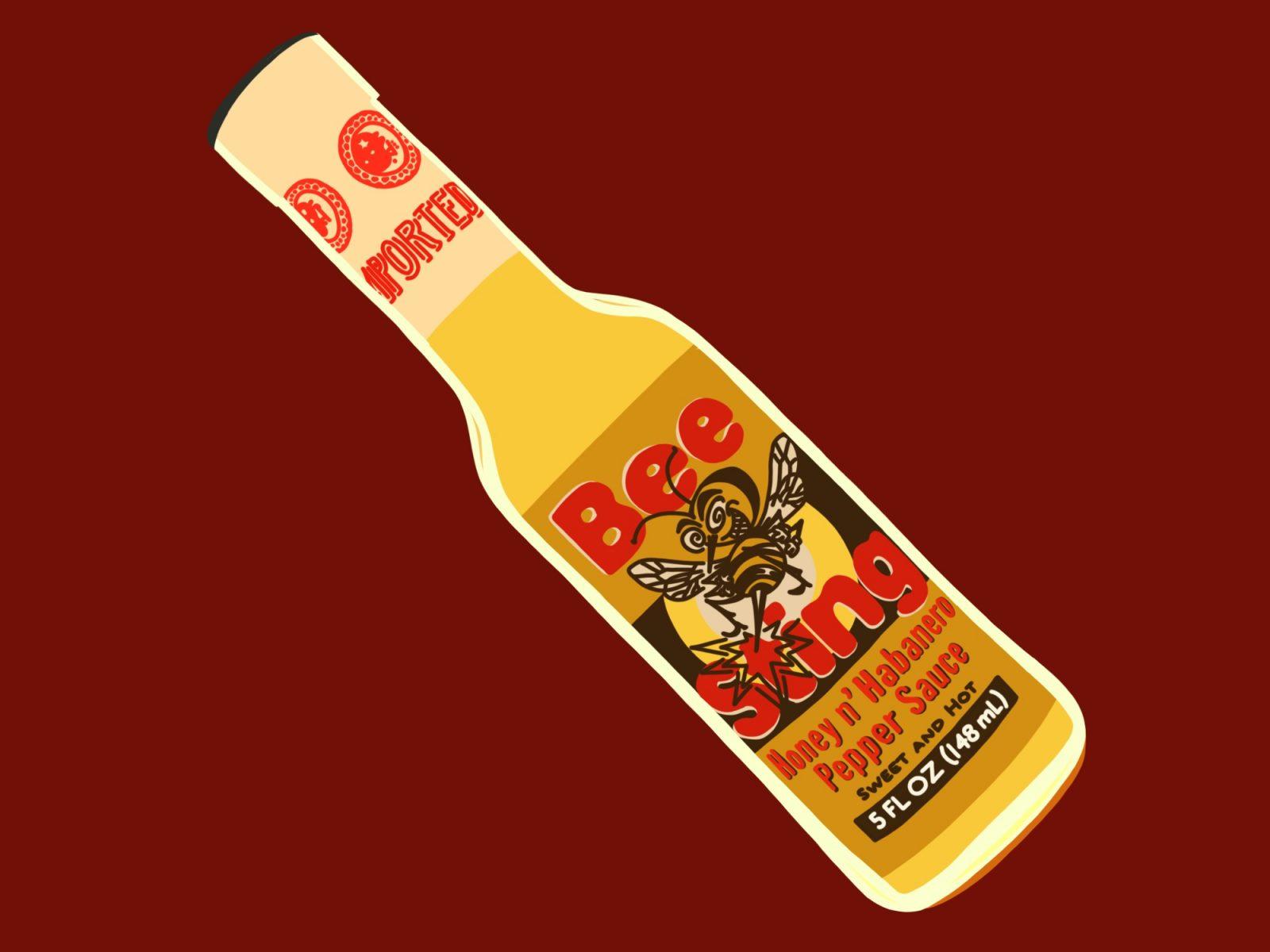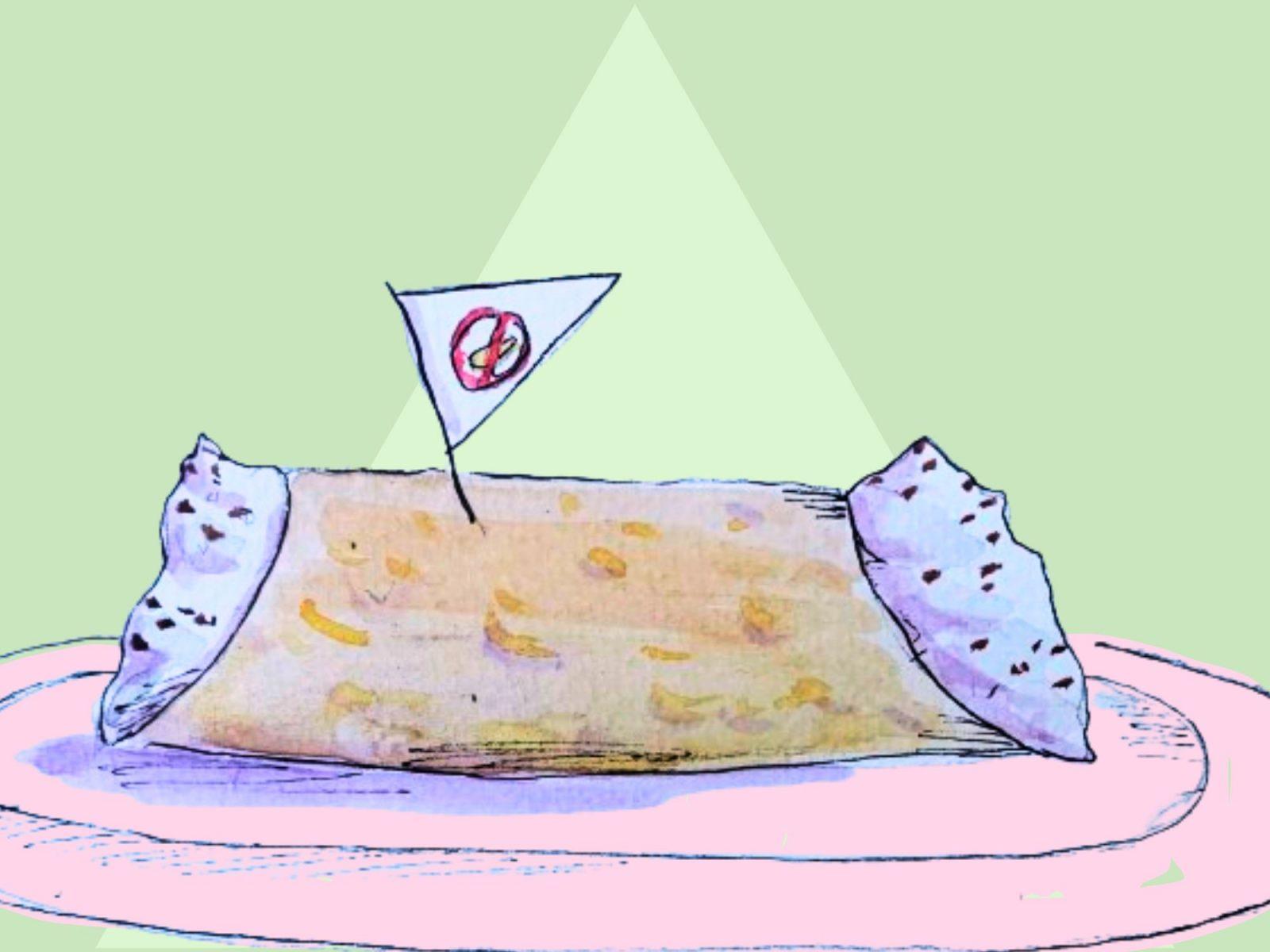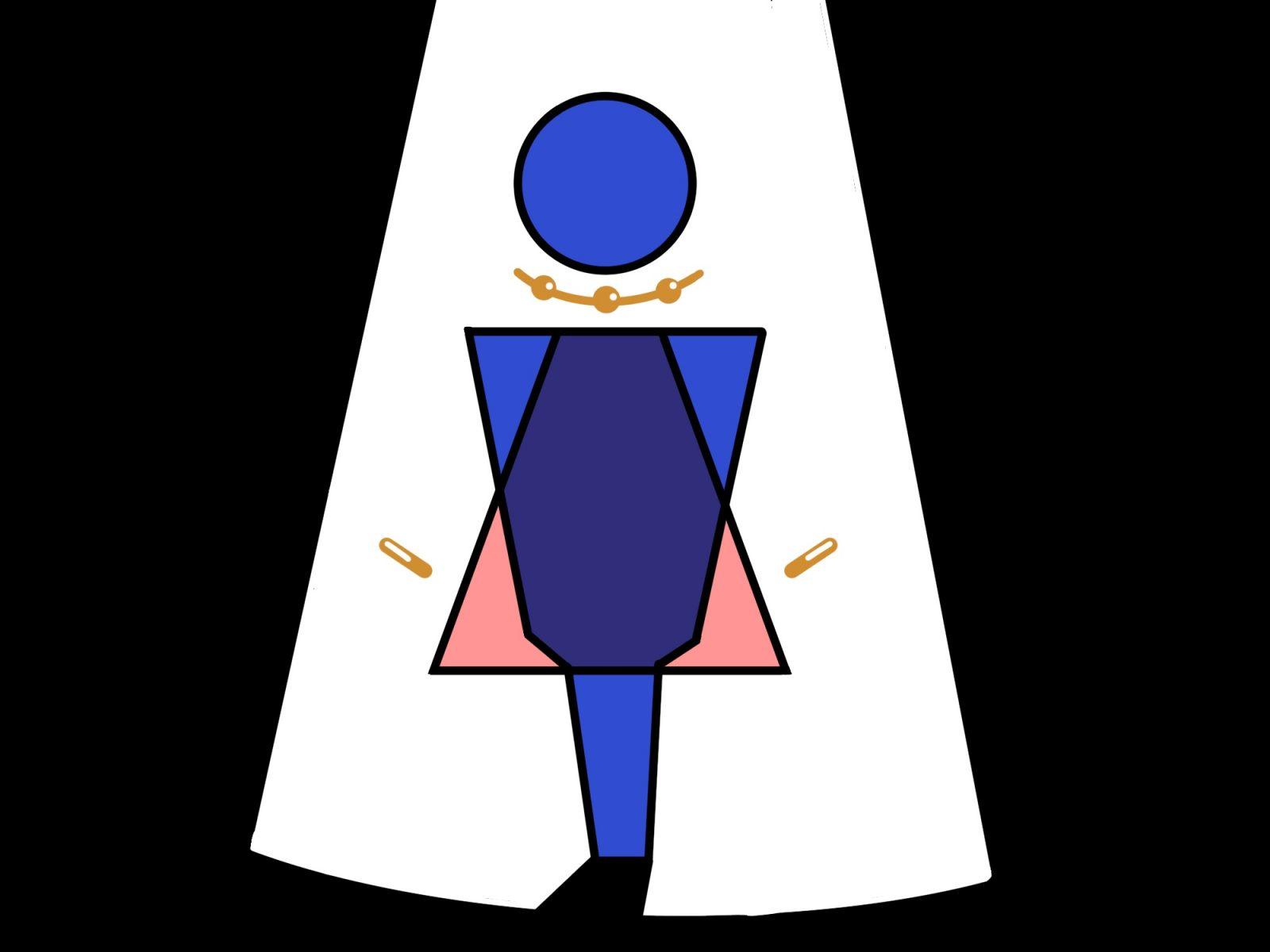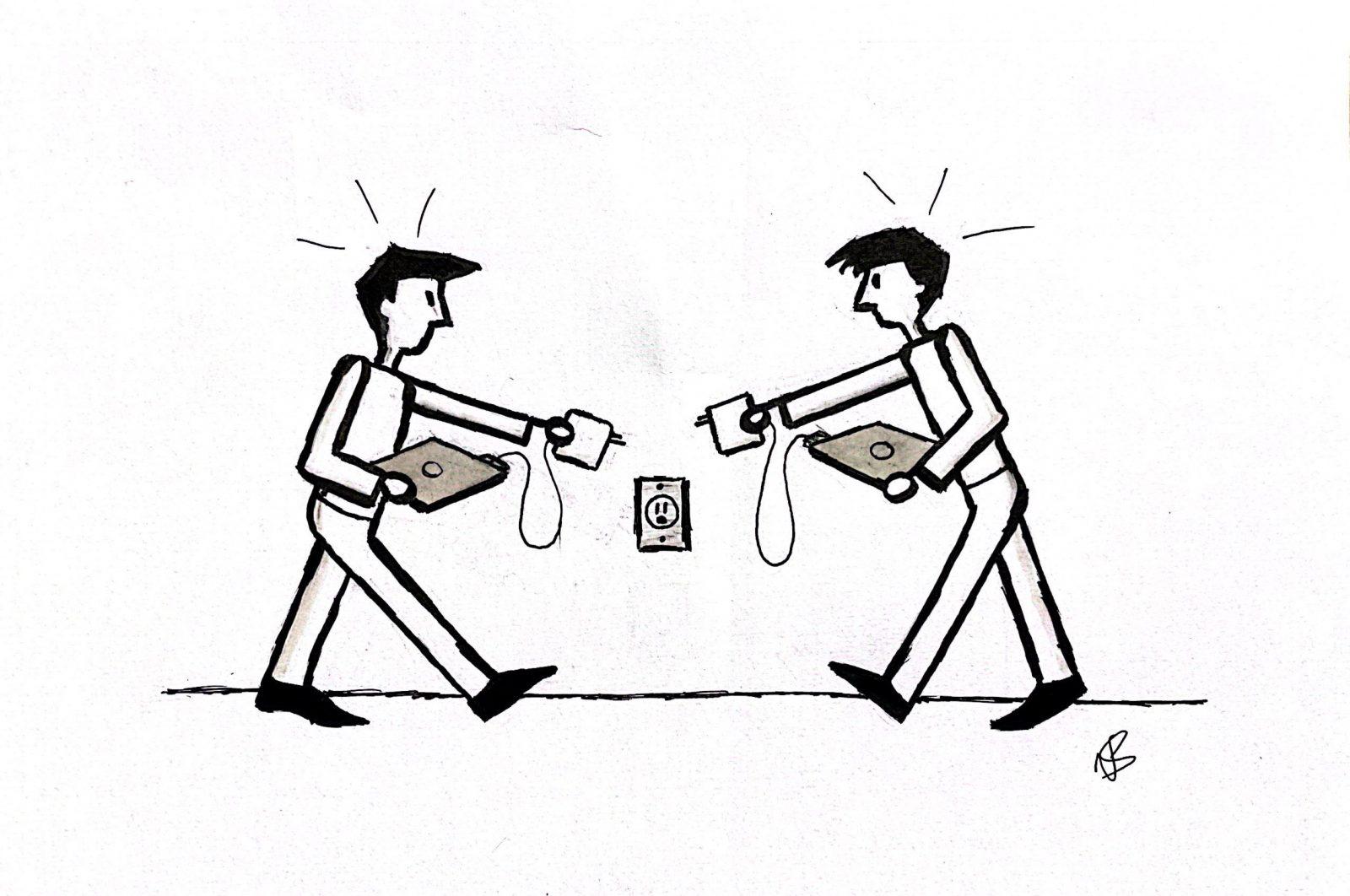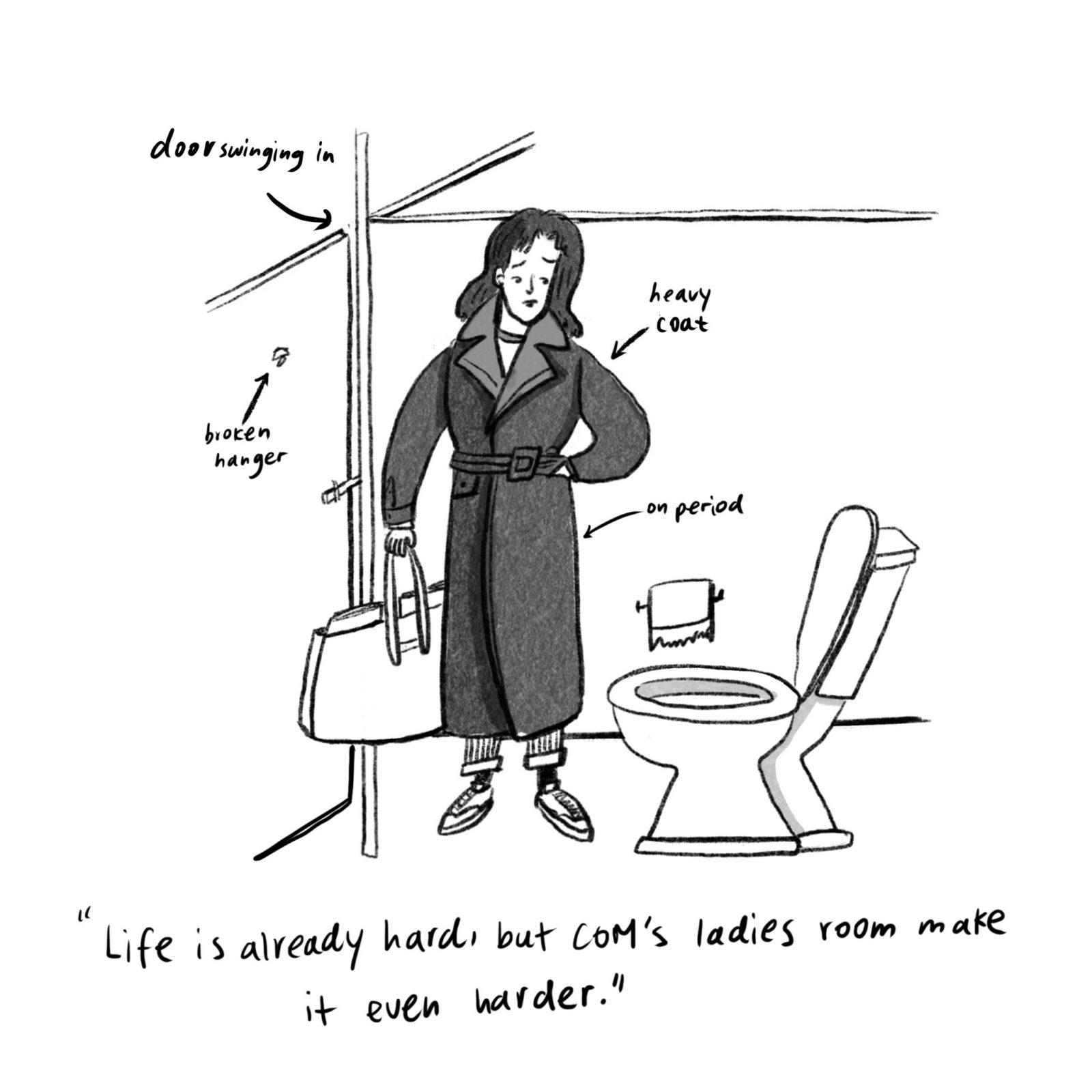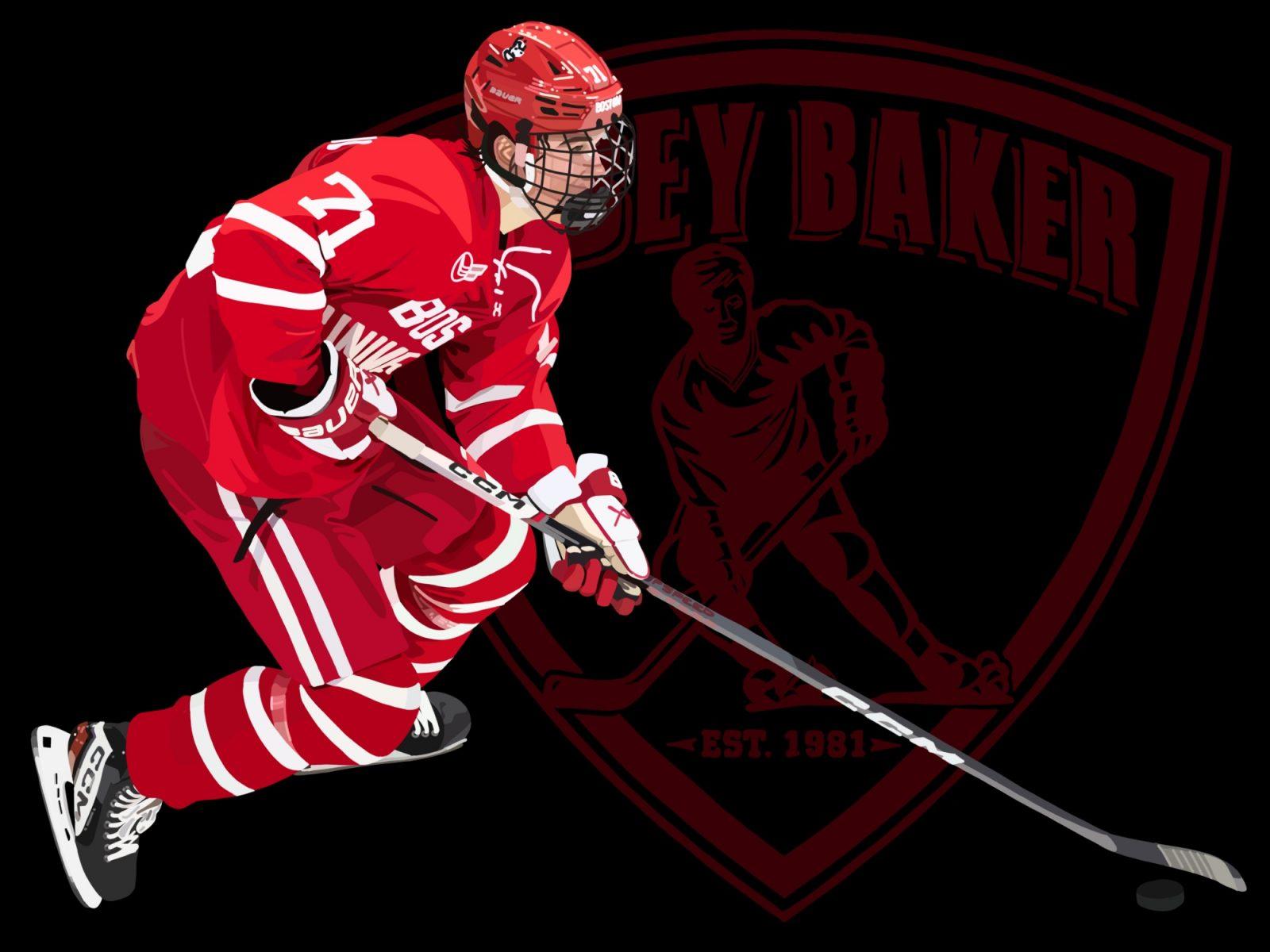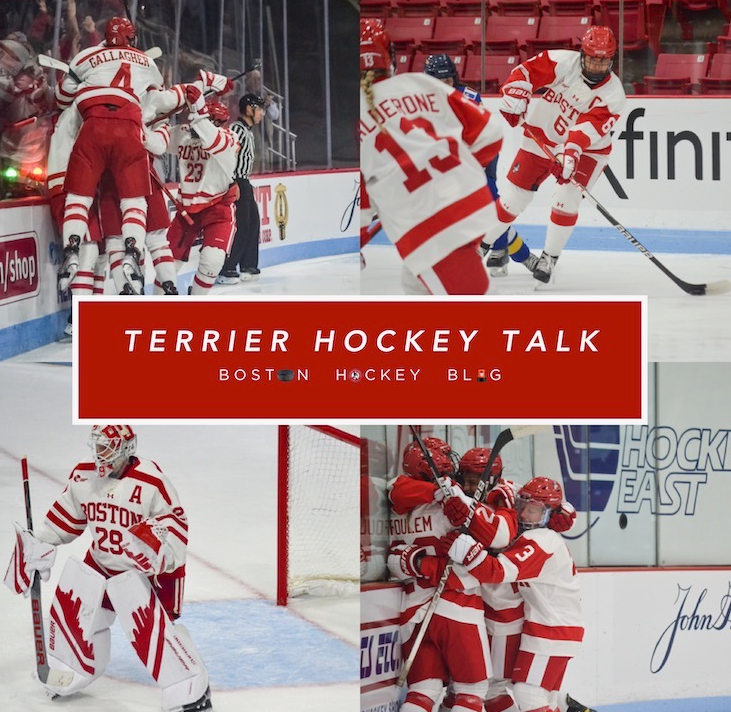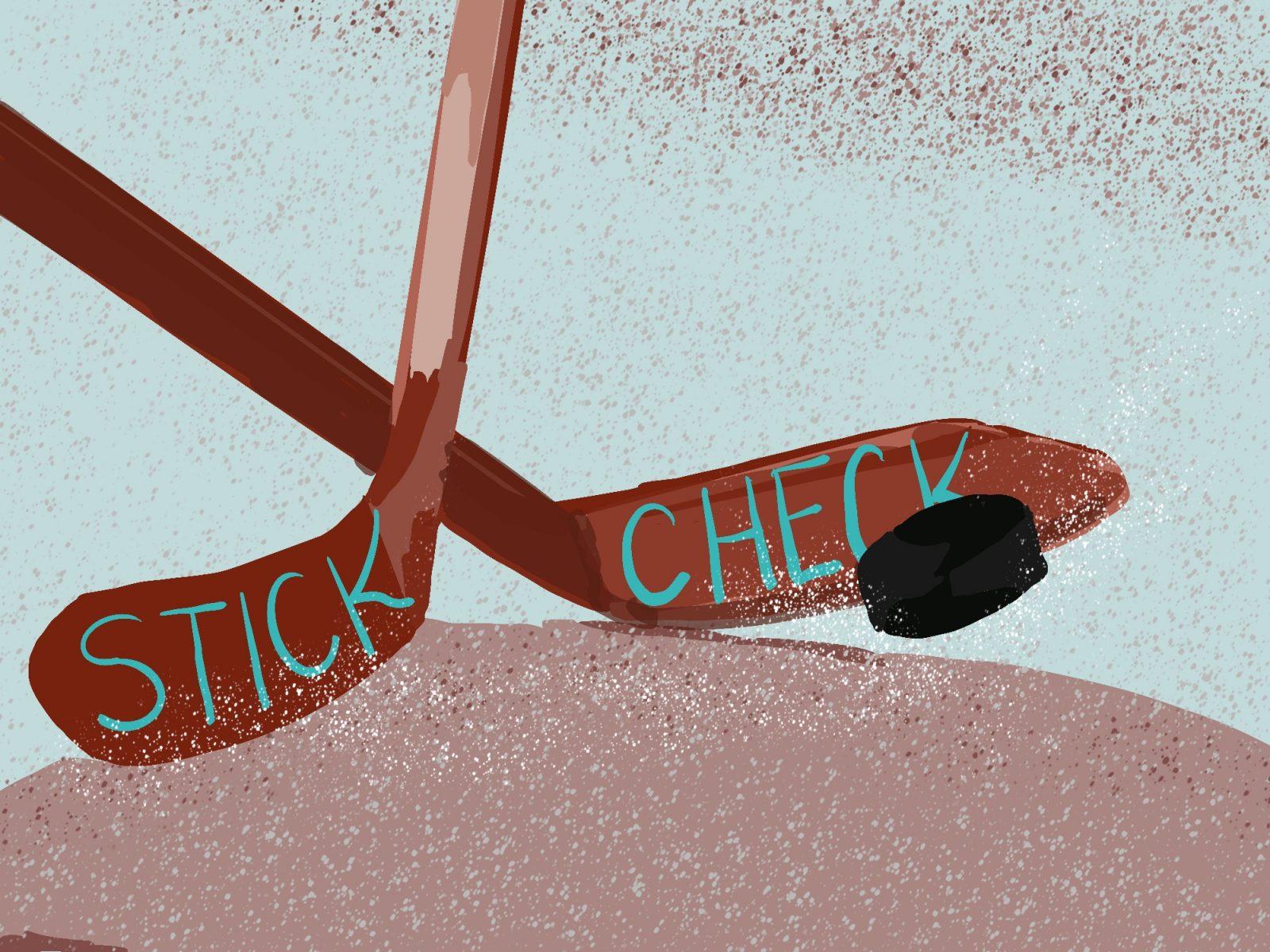According to the NHL, the Hart Memorial Trophy is awarded “to the player adjudged to be the most valuable to his team.”
A question arises. What constitutes value?
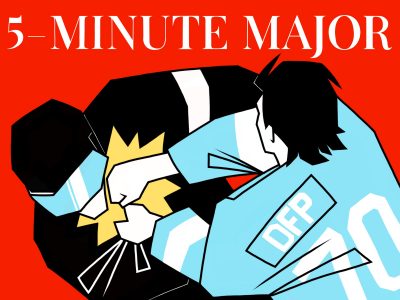
MVP awards are voted on by a committee of professional journalists — people who spend their lives watching and analyzing the sport — and when they’re doing it well, they’re as neutral as possible.
Across different sports, defense is rarely in the conversation.
In the NFL, the award might as well go to the quarterback with the best numbers that makes the playoffs.
The last non-quarterback to win was Adrian Peterson in 2012. Only two defensive players have ever won the award, and the last was in 1986.
In baseball, pitchers are hardly included in the conversation, despite the fact that they’re the only position that have wins attributed to them.
Shohei Ohtani, the two-way player for the Los Angeles Dodgers, is in a conversation all on his own. Even as just a hitter, he won the MVP last year, further proving that pitching is not regarded to the same level as offensive production.
Wins are a messy stat, anyway. So much of a pitcher’s win relies on their team’s ability to score runs and make defensive plays.
The same principles apply to goalies in hockey.
A goalie can only do so much to prevent the puck from crossing the goal line. Those in front have to prevent odd-man rushes, block shots and shove screens out of the goalie’s sightline so he can see the puck.
A team also has to score, something goalies can hardly do themselves.
These defensive players do get their own awards, but they’re so rarely acknowledged for the impact they have on the team in the broader MVP conversation.
The last blueliner to win the Hart was Chris Pronger in 2000. He was not only the last defenseman to win, but the last to even be a finalist.
The last goalie to win was Carey Price in 2015.
The “value” needed for the Hart Trophy has mostly been two things — offensive production and playoff contention.
Since Hart voting began 1924, only three winners came from teams that failed to make the playoffs that season.
No single player can drag the deadweight corpse of an NHL team to the playoffs, but a strong individual season that propelled an otherwise borderline team past its competition creates a compelling case.
A player that can put up insane numbers despite lackluster talent around him rarely receives the same level of recognition even though he could often be the only reason a team is worth watching.
Point totals, with a stress on goals, are a major factor, too, especially considering how defense-oriented players are never looked at.
Scoring leads to wins and wins lead to playoffs, if everything else goes right. That part’s easy to see on paper.
What’s a little more difficult to see is a player’s ability to make everyone on the ice around him better. Assists are part of that, but so are hard-to-track factors that like skating ability, puck handling and a good shot.
Other characteristics are completely intangible. Grit, hockey IQ and entertainment value all seem to factor into decisions.
The current frontrunners for the Hart are center Nathan MacKinnon of the Colorado Avalanche, the Edmonton Oilers’ center Leon Draisaitl and goalie Connor Hellebuyck from the Winnipeg Jets.
Hellebuyck is having an insane season, but his case is less compelling because he’s actually getting help from the team in front of him: The Jets are the third-best scoring offense in the league.
Mackinnon has become the favorite. He leads the league with 107 points with another 10 games to add on.
He has a playstyle that’s tough and aggressive, combined with elite speed that makes him one of the toughest players to match up against. He’s responsible defensively, too.
Draisaitl receives less attention in the Hart conversation, which has been a trend despite his continued offensive production.
He perpetually lives in the shadow of his teammate Connor McDavid, who is already one of the best hockey players to ever take the ice in the NHL.
People have argued that Draisaitl only puts up those numbers because he’s playing alongside McJesus himself.
They don’t even play on the same line.
Draisaitl leads the league in goals and is tied for second in total points. His linemates aren’t even in the top 50 for either category. He’s not getting any help from the other forwards, and he’s nine goals ahead of second.
The edge Mackinnon has — potentially — is his consistency despite the roster turnover in Colorado.
Linemate Mikko Rantanen, one of the best offensive players in the last five years, got traded to the Carolina Hurricanes, only to be flipped once again to Dallas. The Avalanche also added Brock Nelson, Martin Necas, Jack Drury, Charlie Coyle and Erik Johnson, shipping off most notably Casey Mittelstadt and Rantanen.
The team also completely turned over its goaltending rotation after extremely concerning starts from Alexander Georgiev and Justus Annunen.
The nail in the coffin for Draisaitl might be his missed time. He’s currently out with an undisclosed injury for an indeterminate period.
Both have already won the Hart anyway. Draisaitl won in 2020, and Mackinnon won just last season.
The unspoken requirements for the Hart Trophy often lead to the same players being in the conversation over and over again, leading to analysis conducive to nitpicking. It makes sense. Offensive leads to exciting games, and it’s easiest to track in stats.
Voters should consider other facets of “value” to bring other skill sets to the mix so more players can share the spotlight and fans can learn more about the game as a whole.




